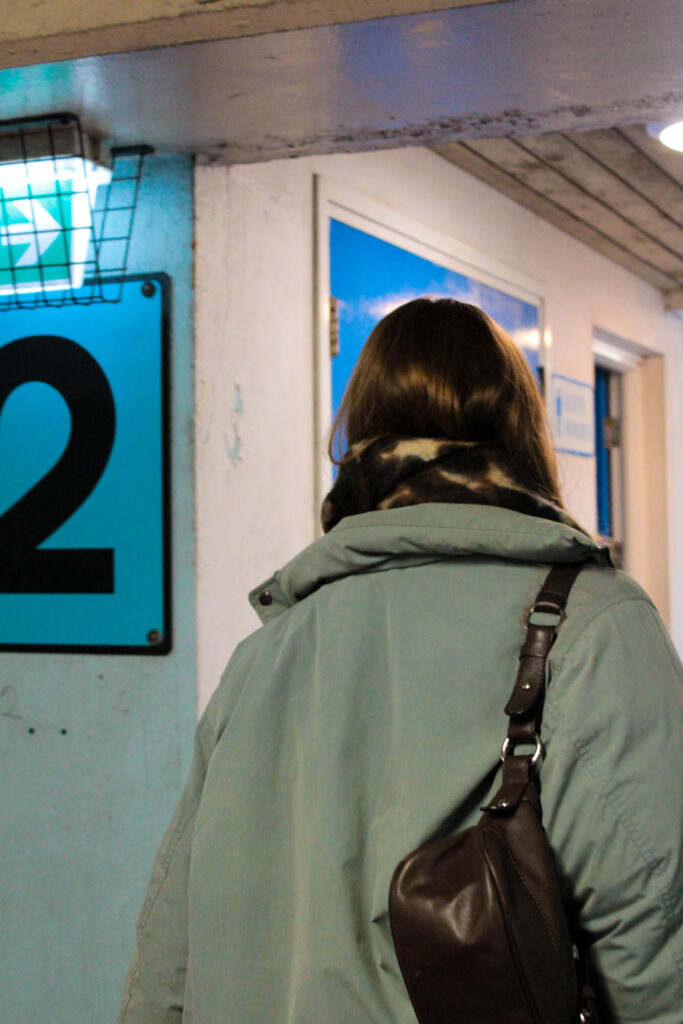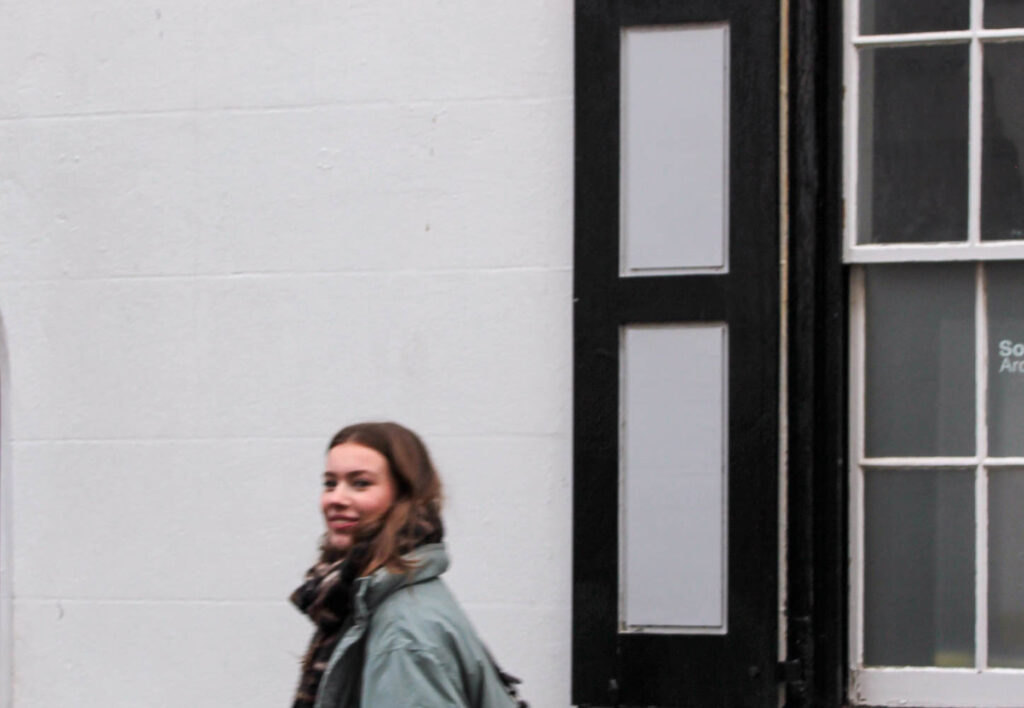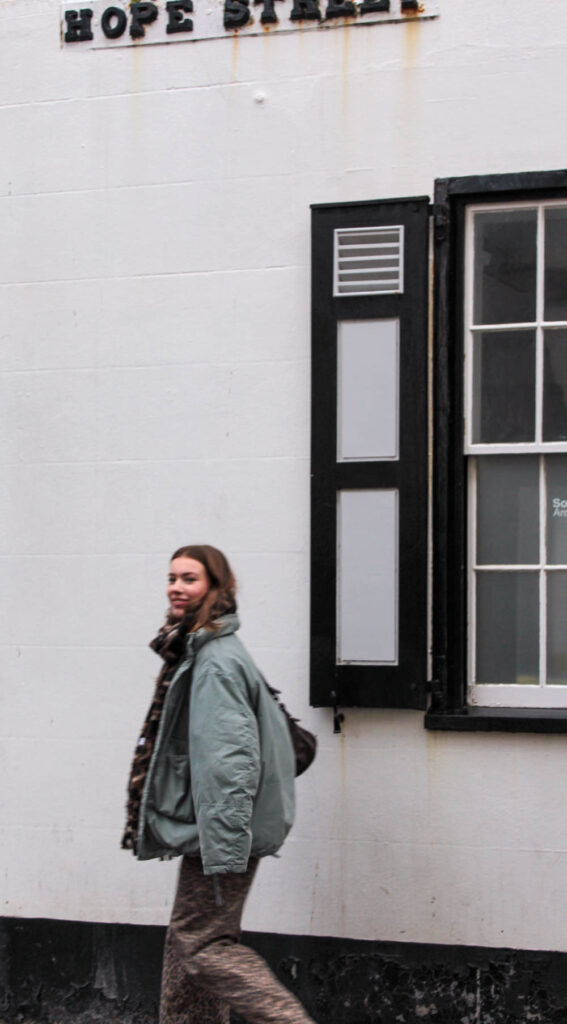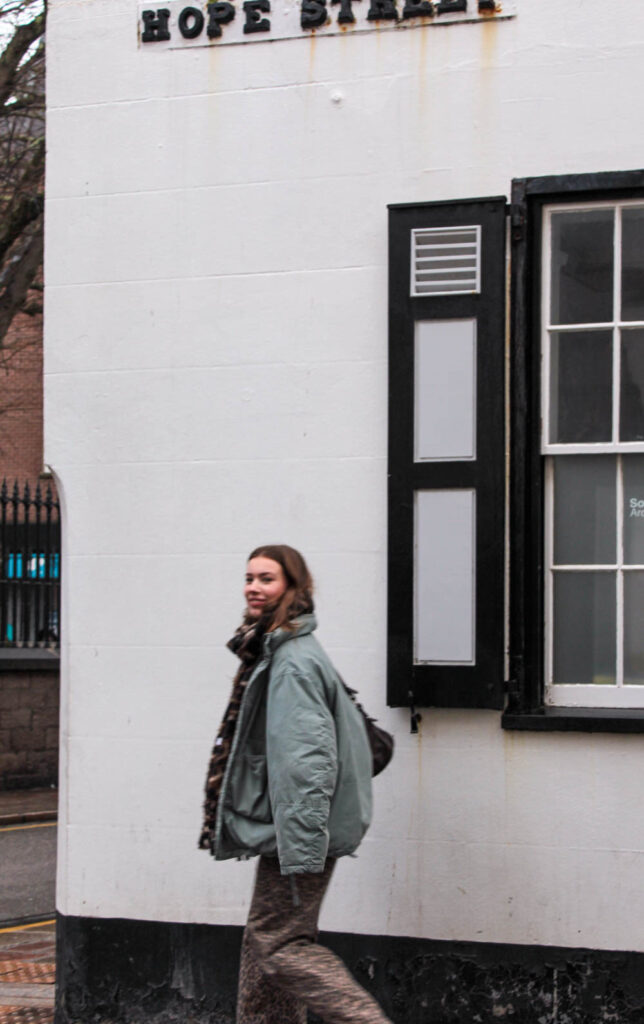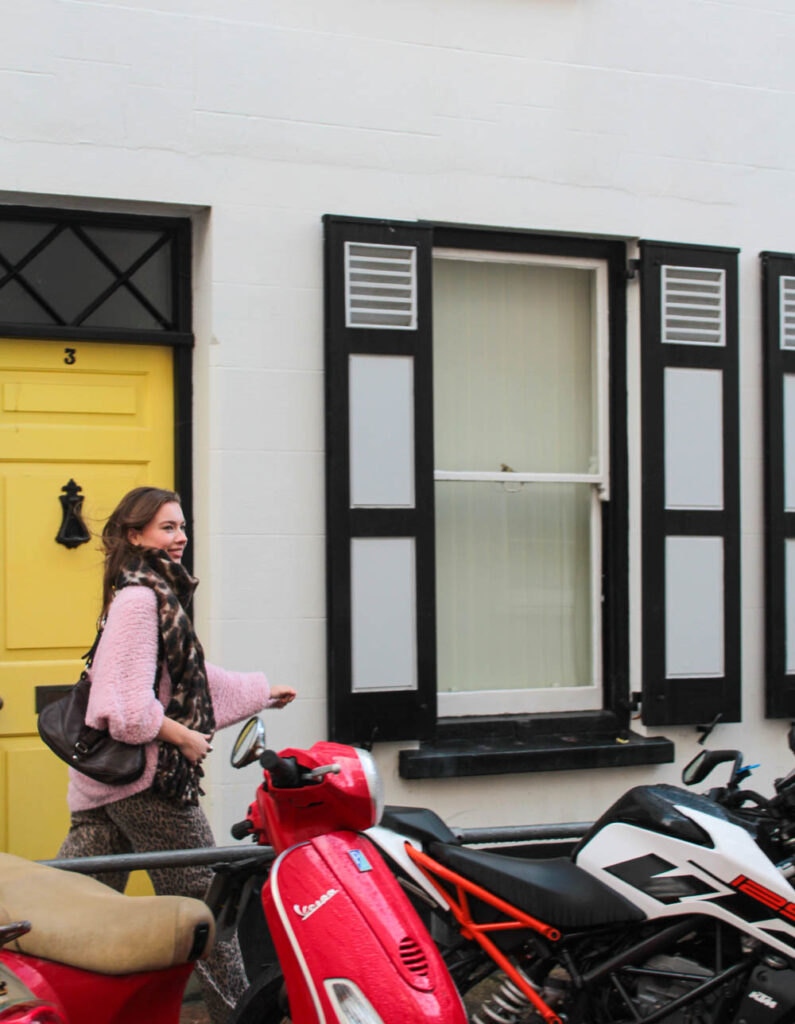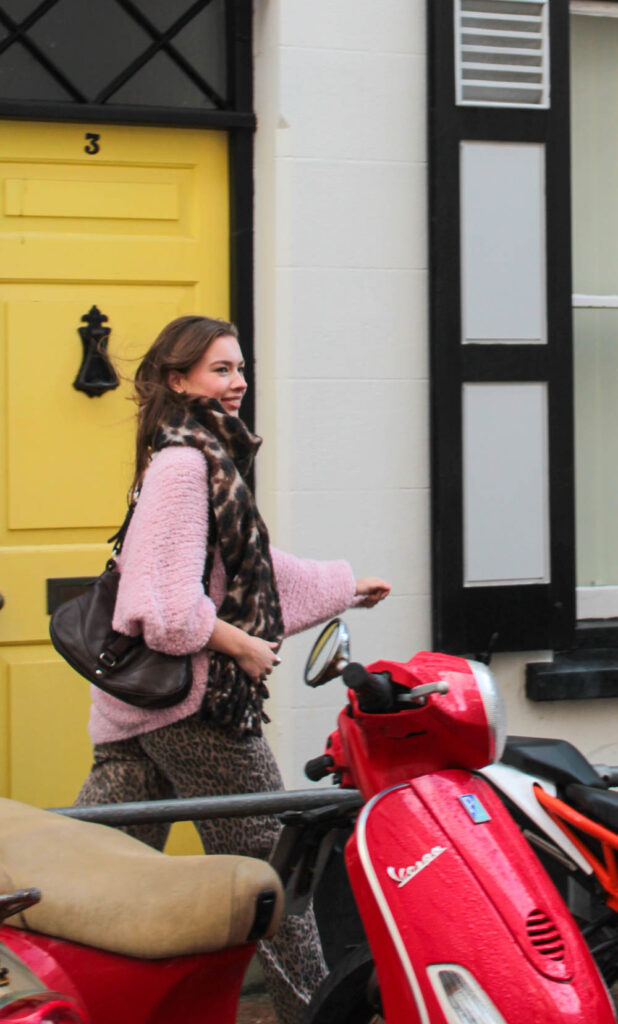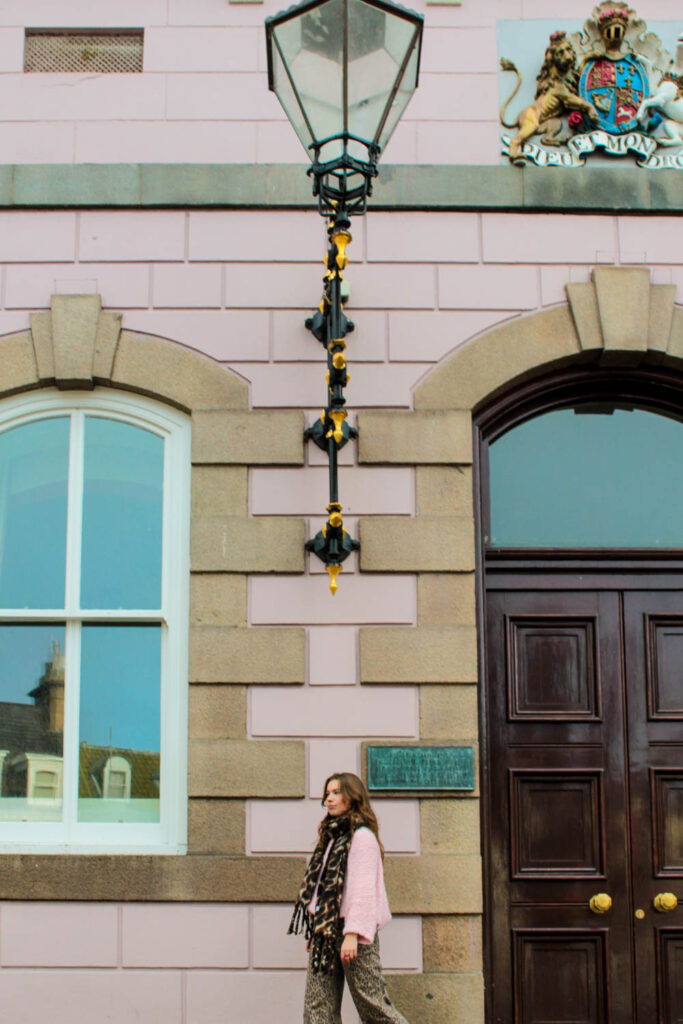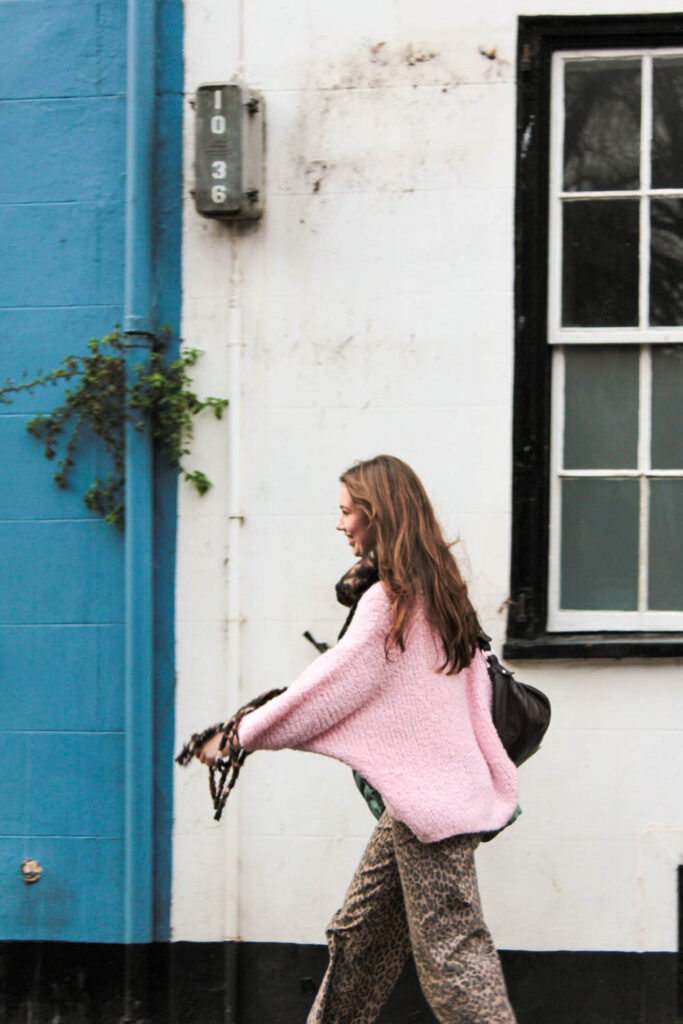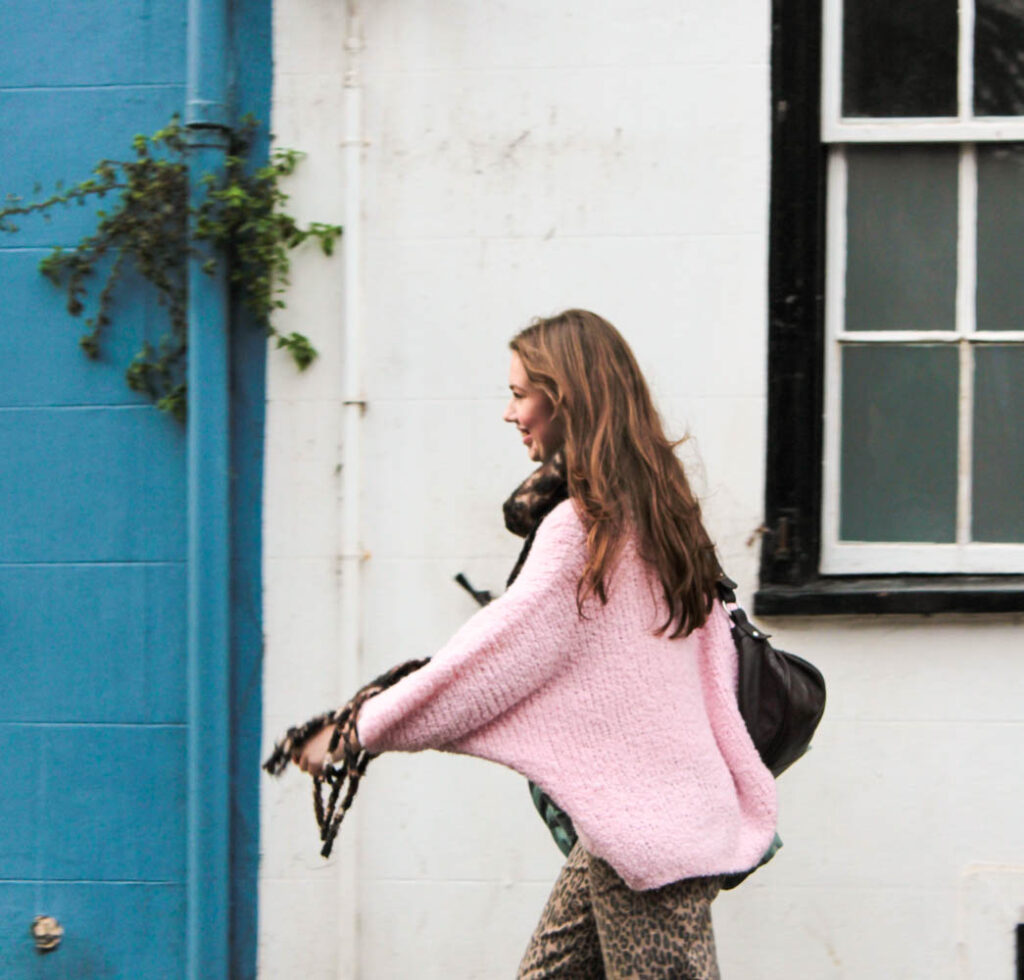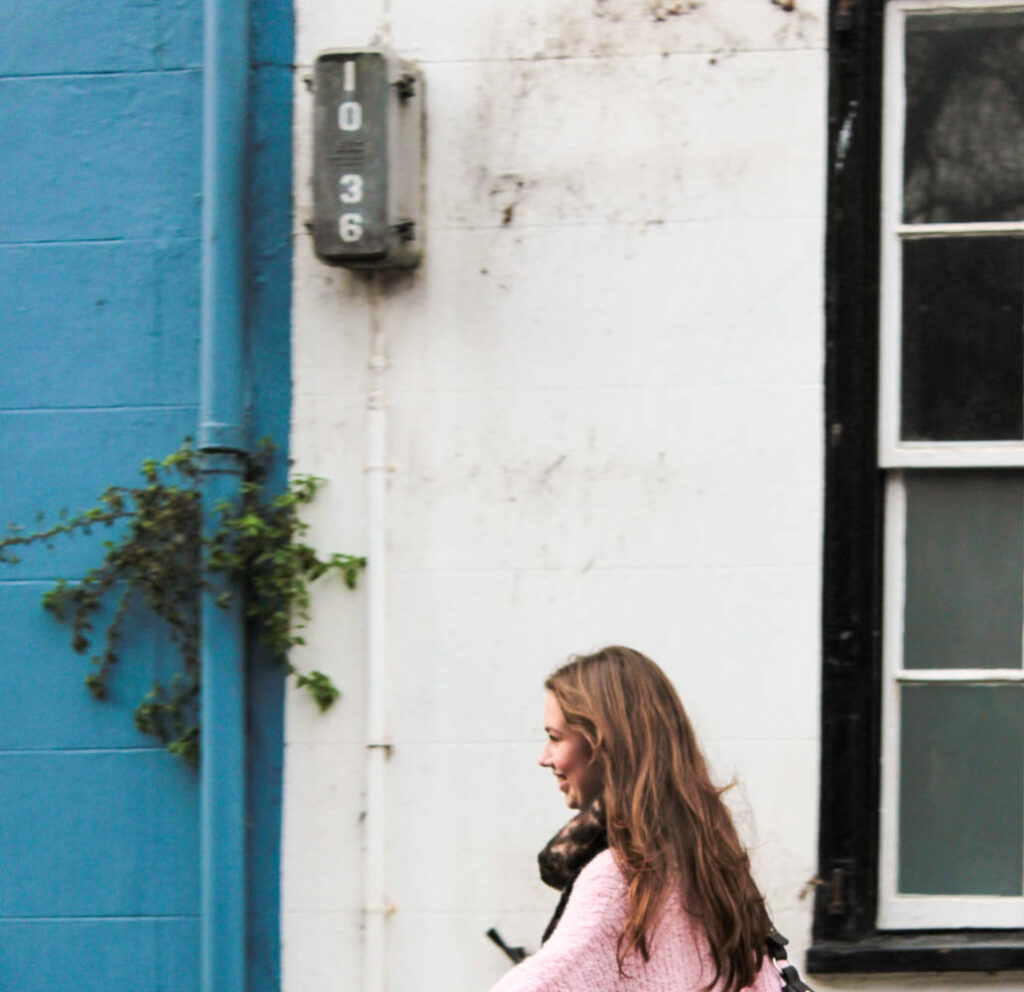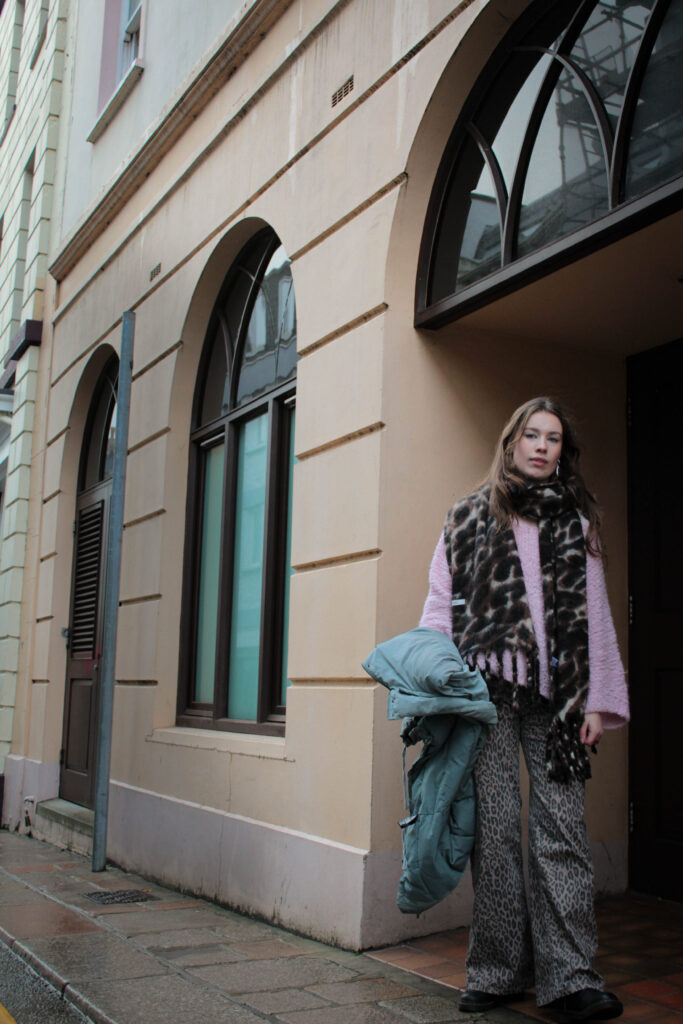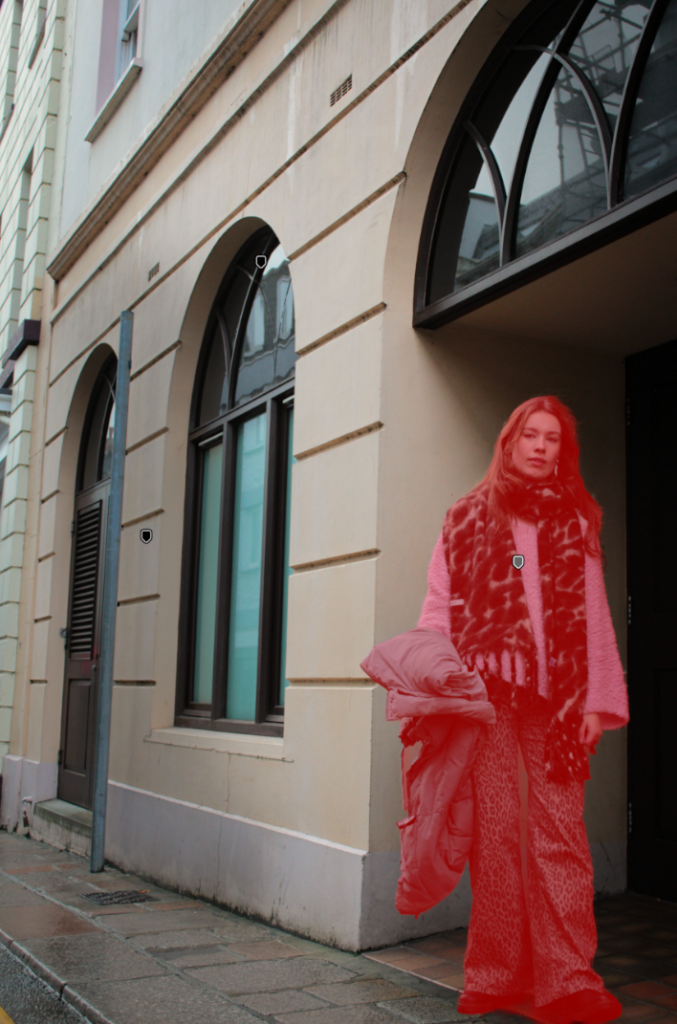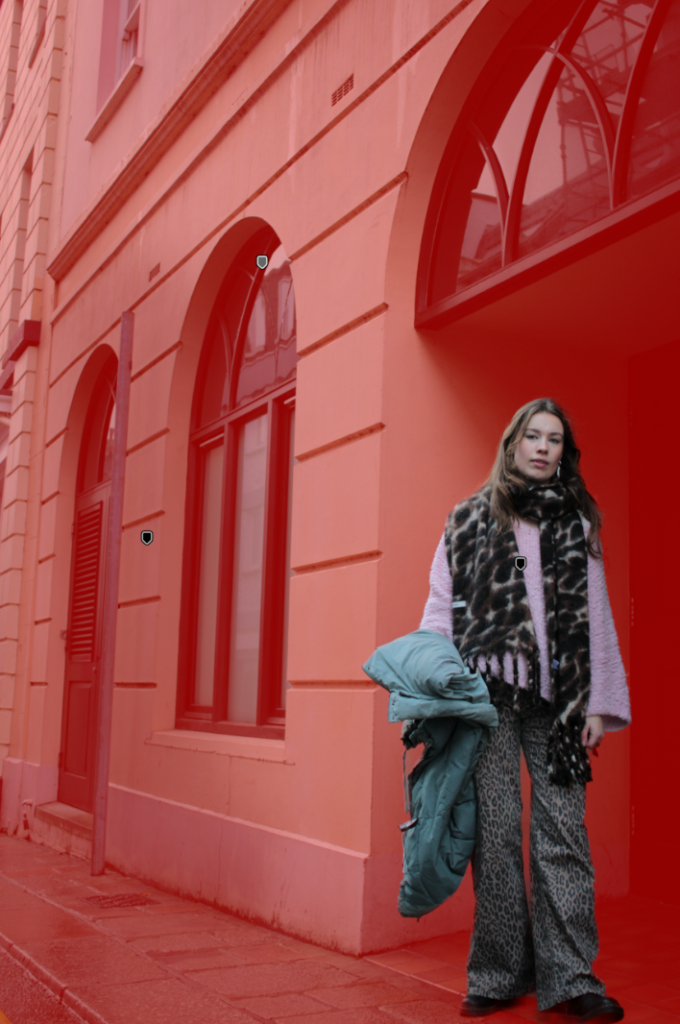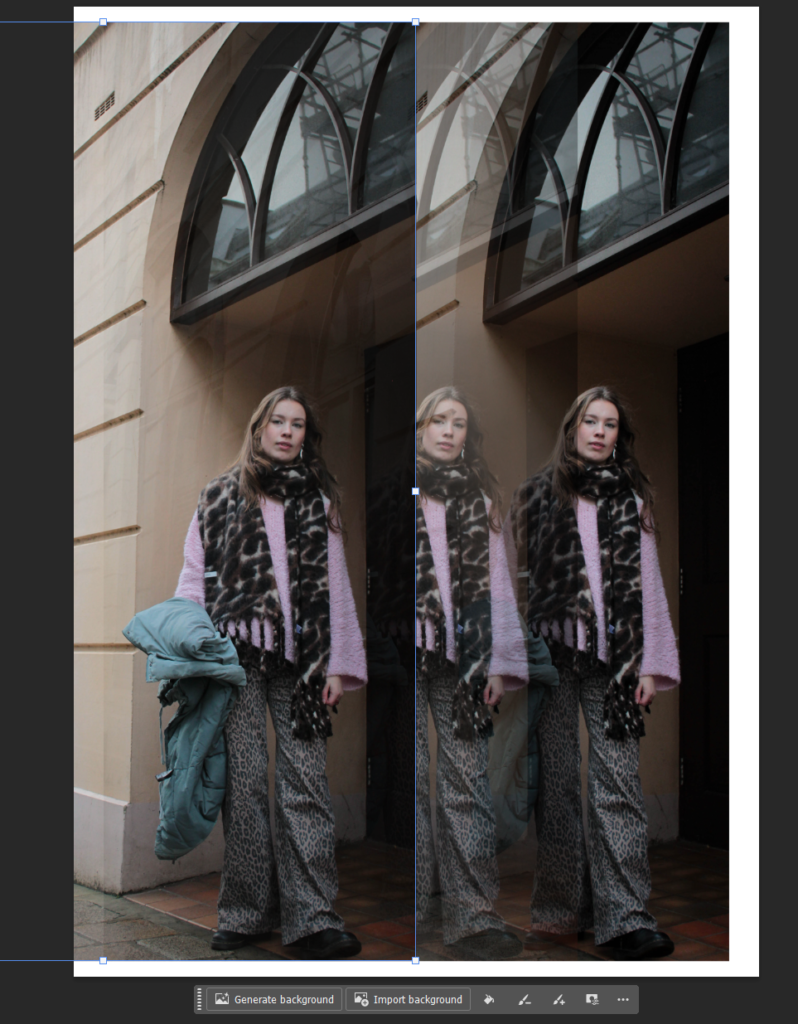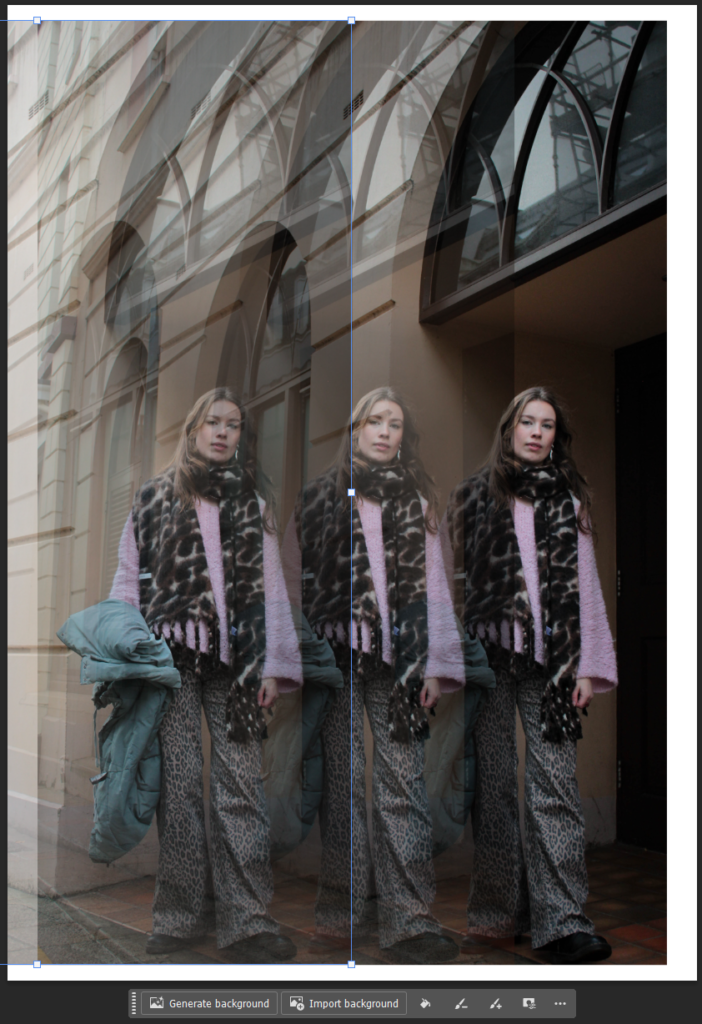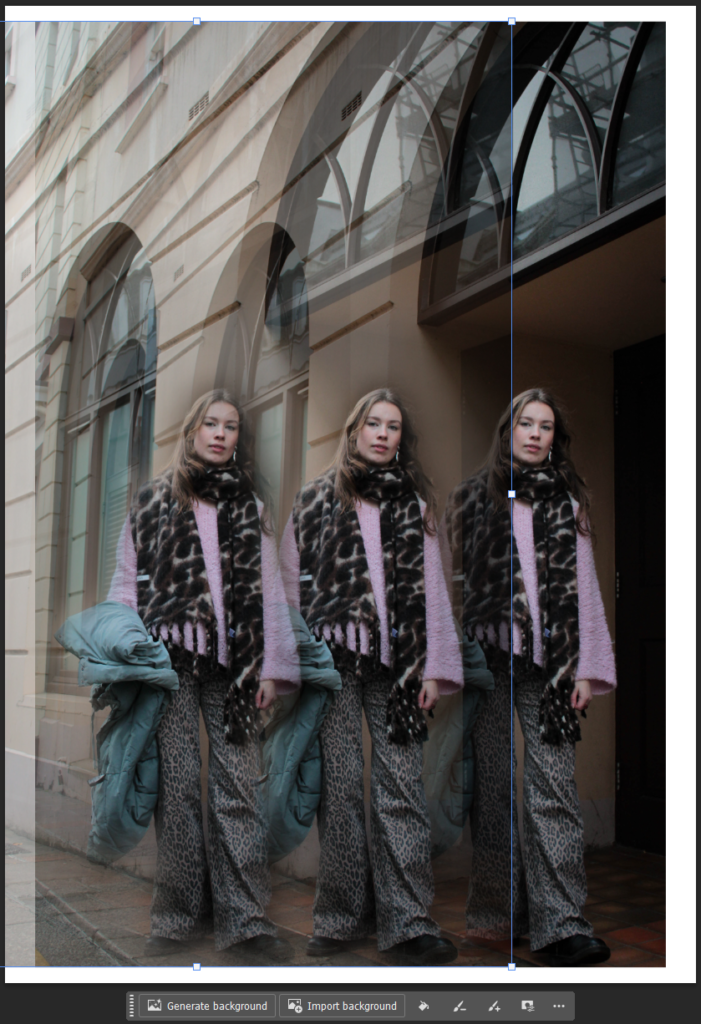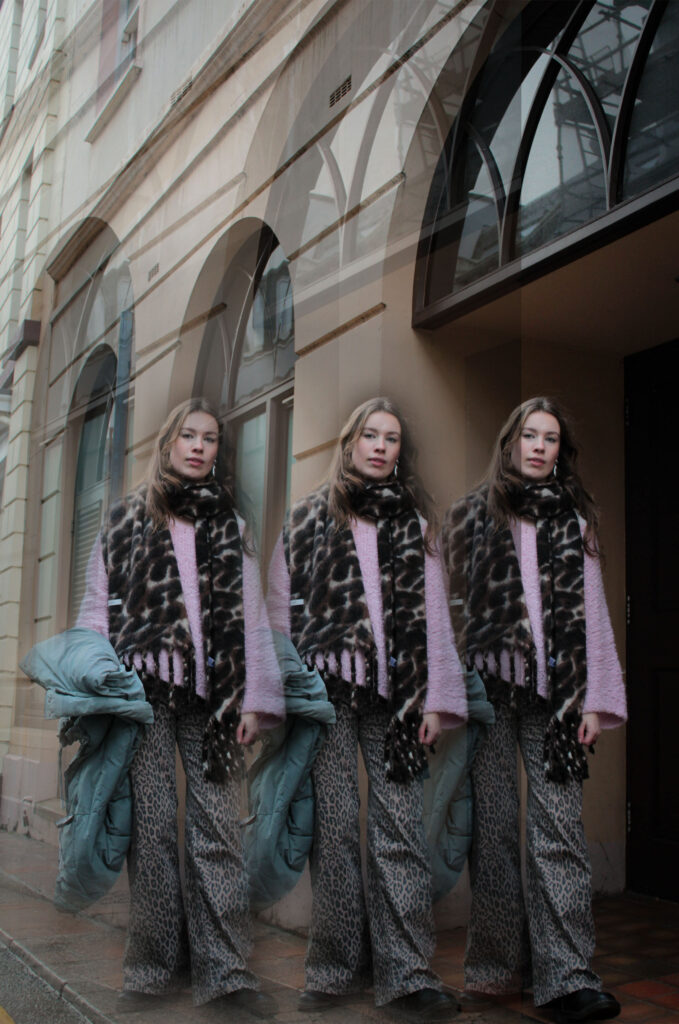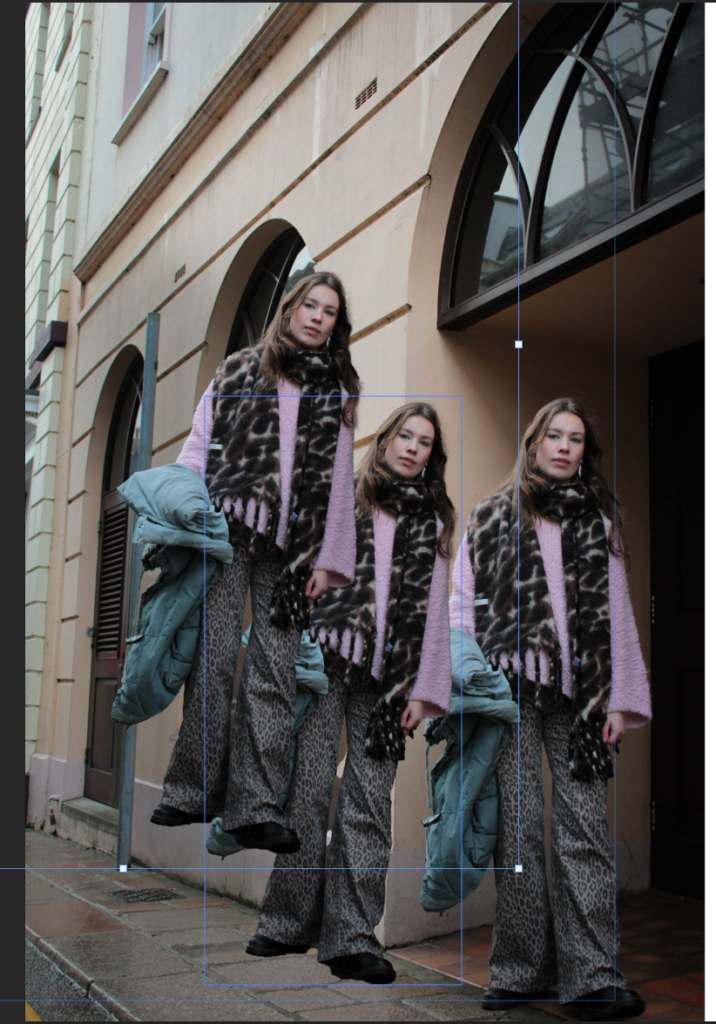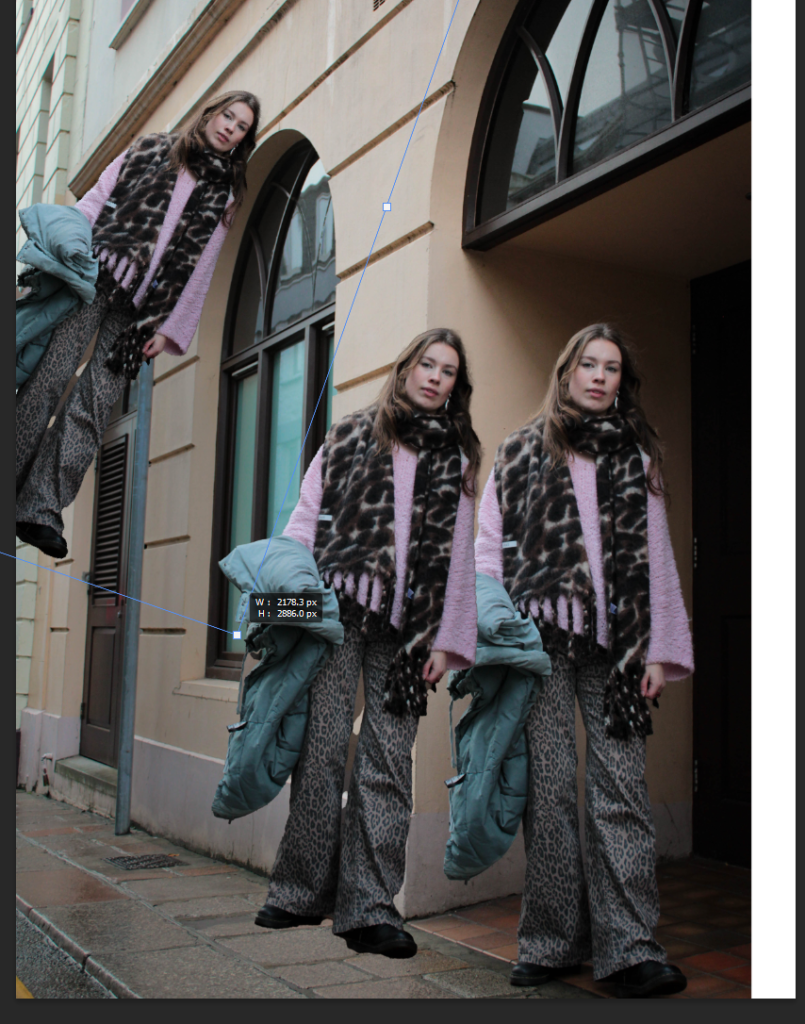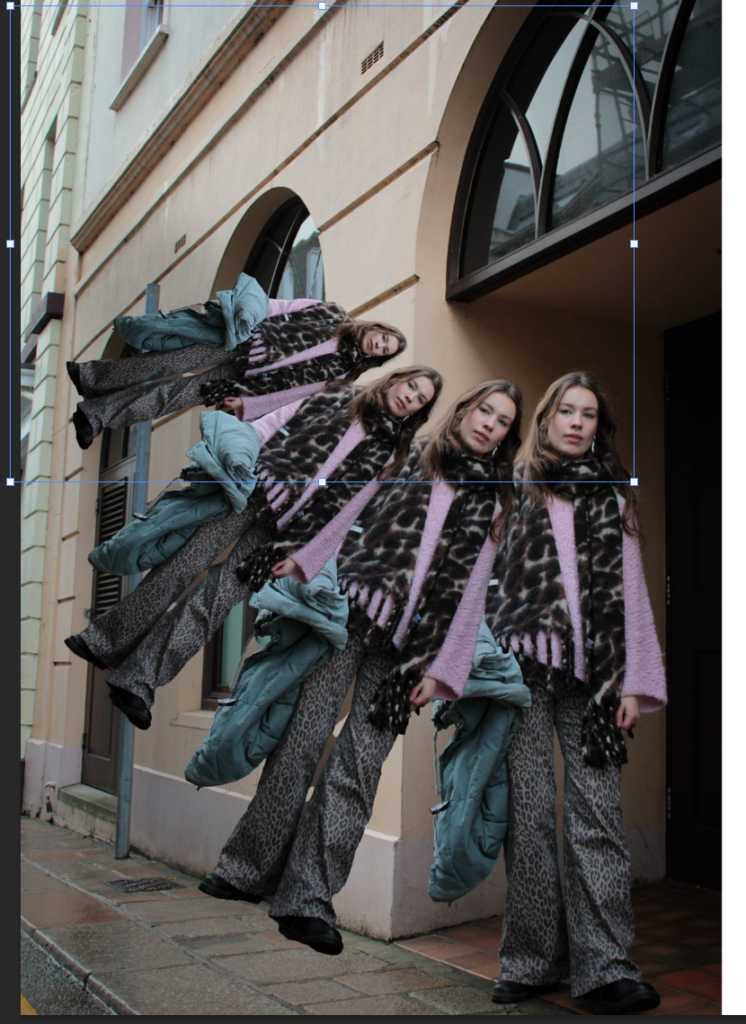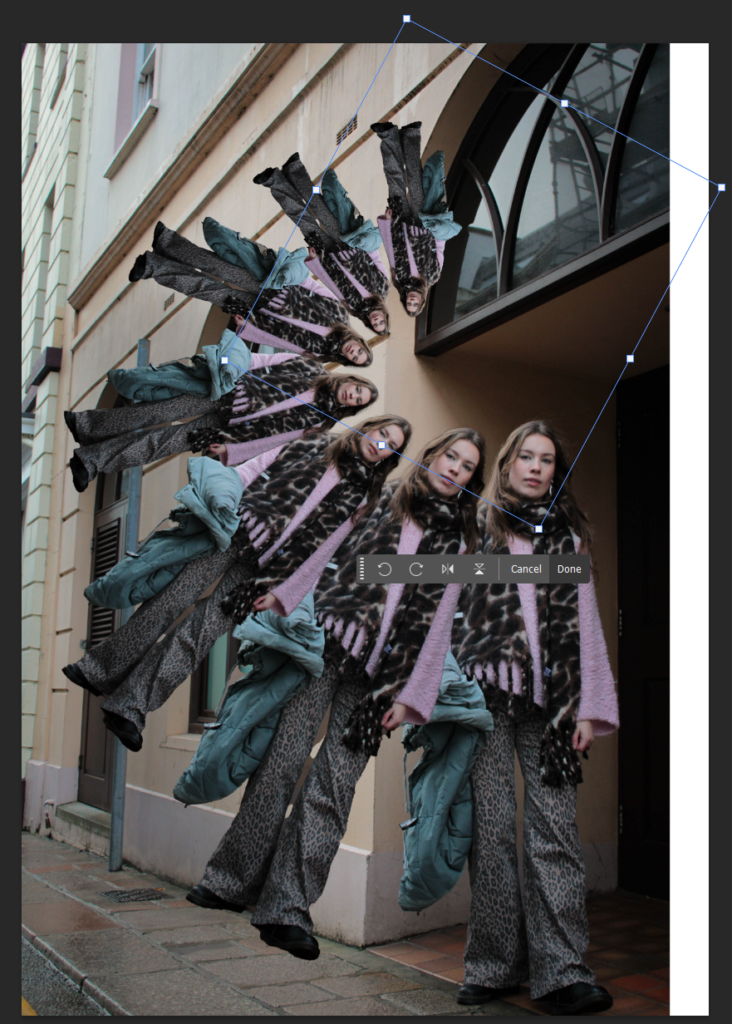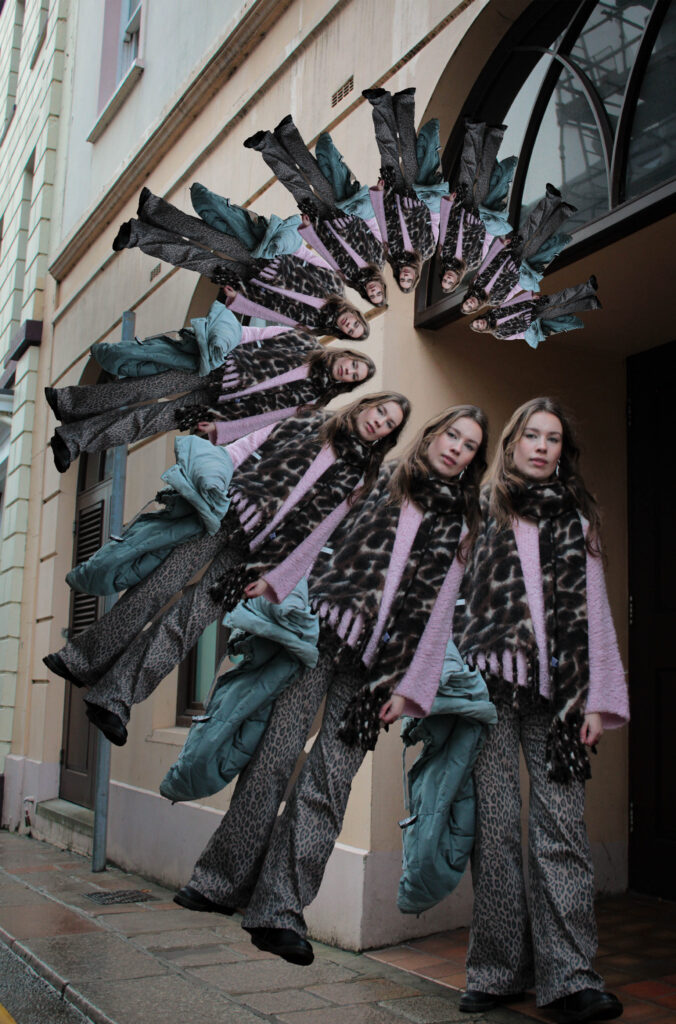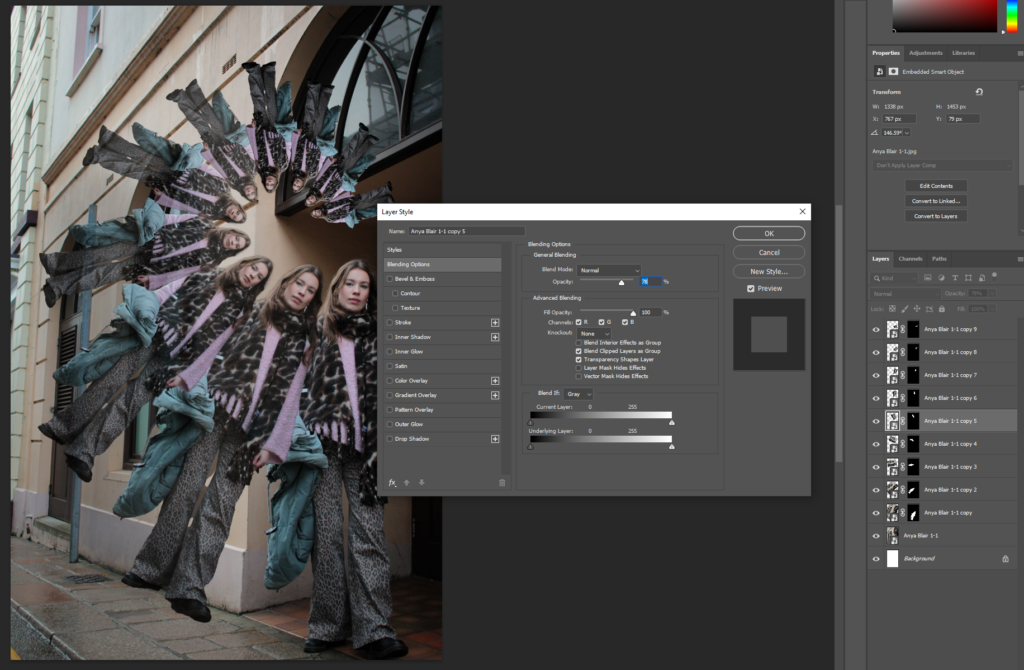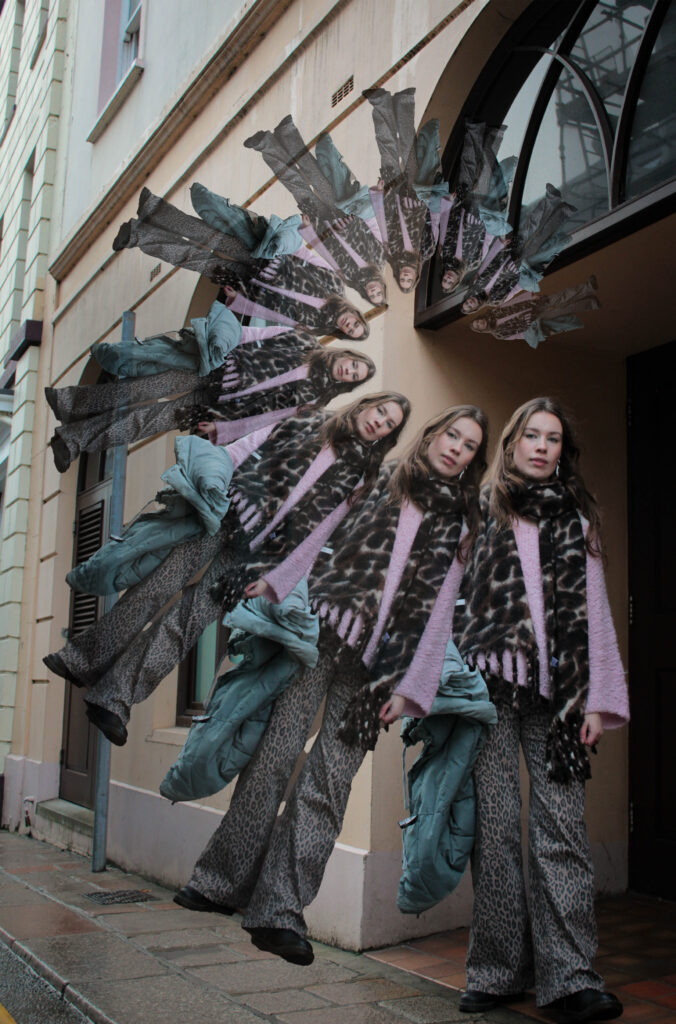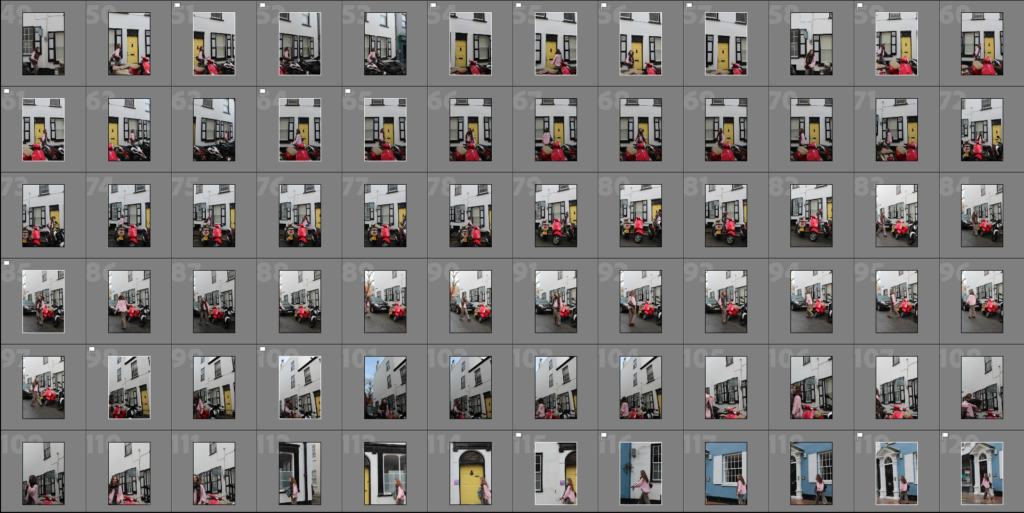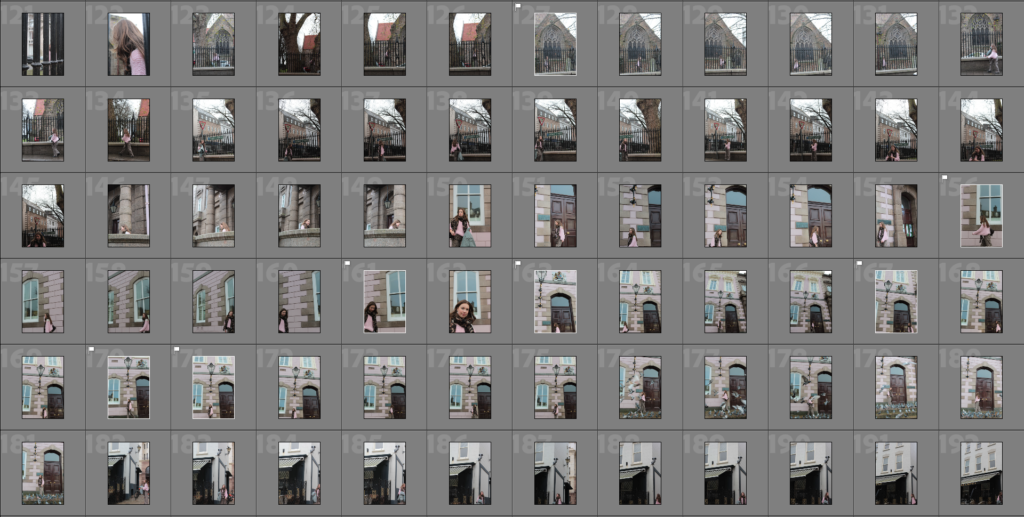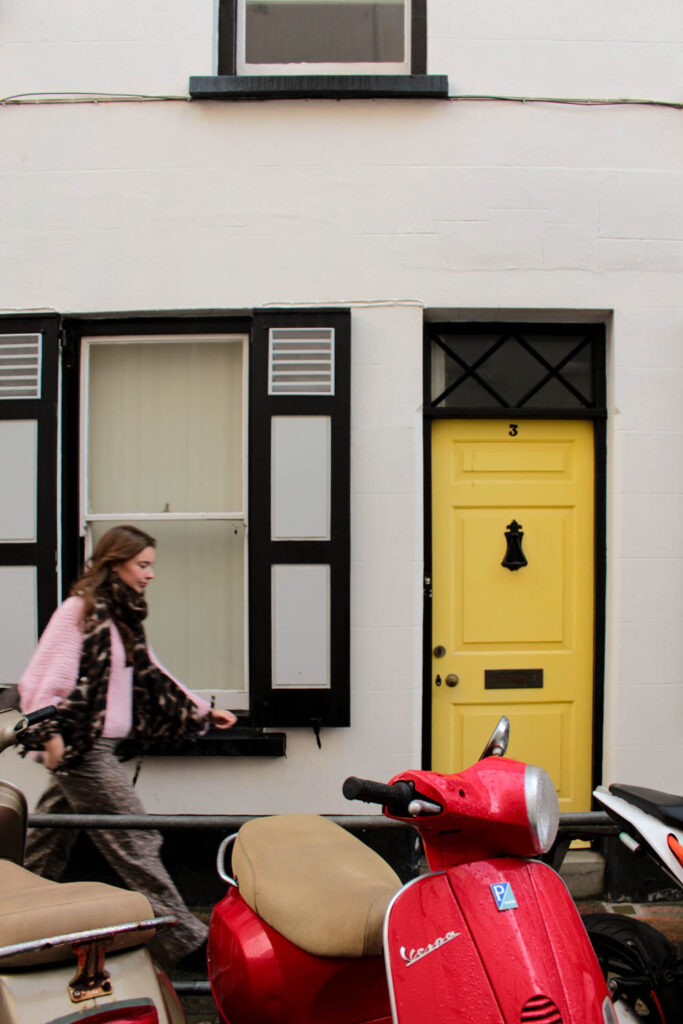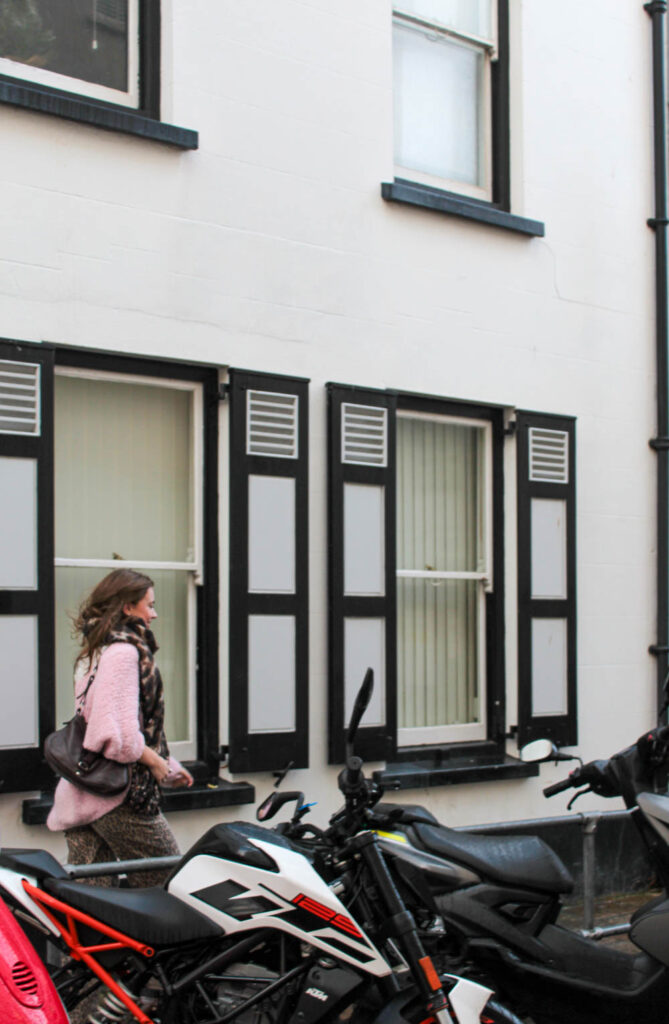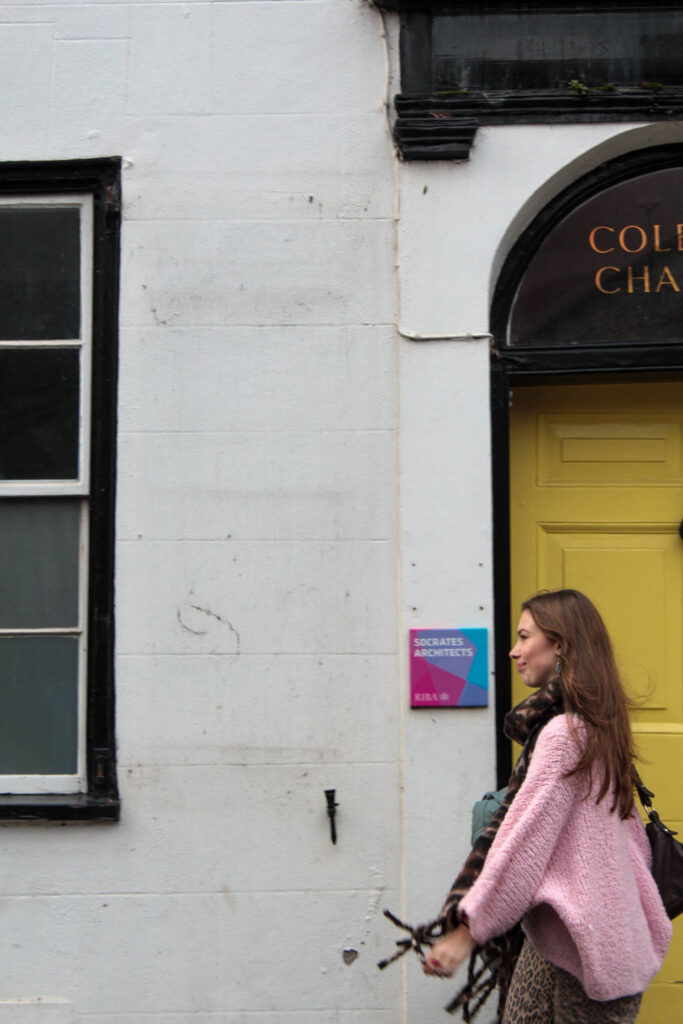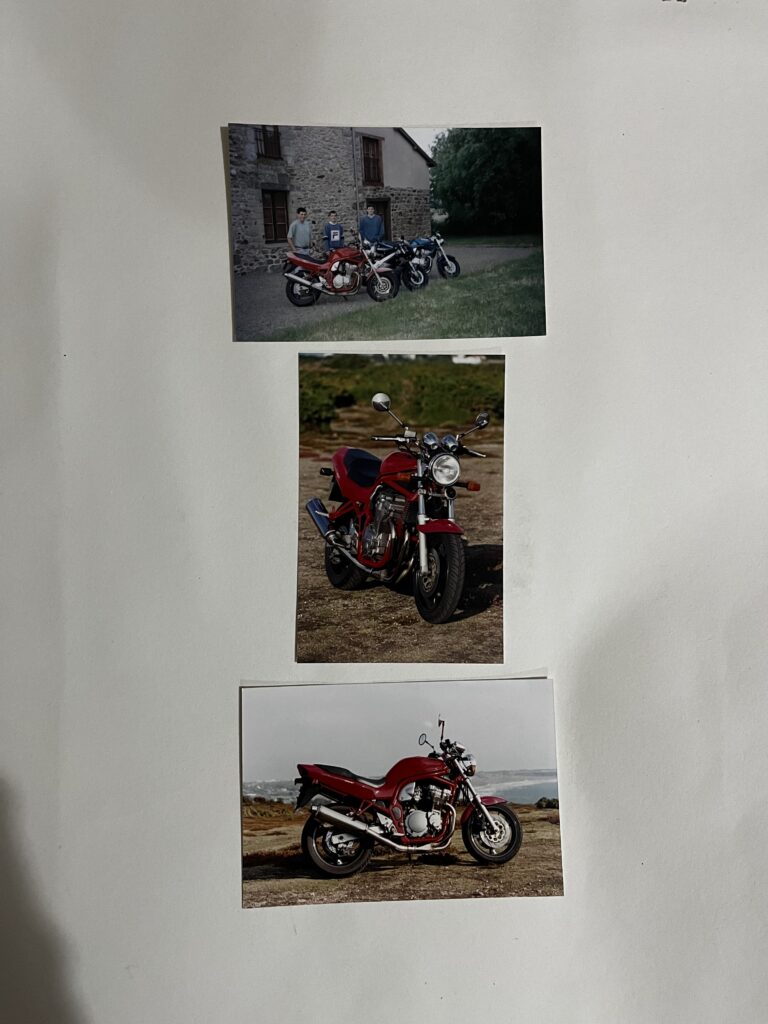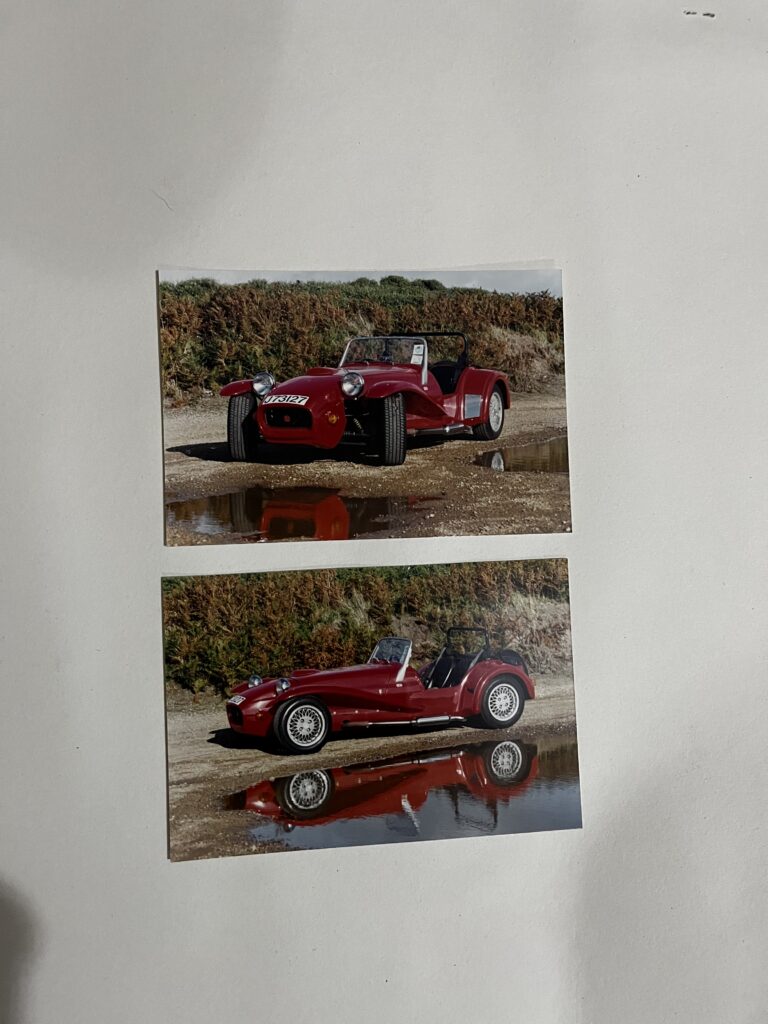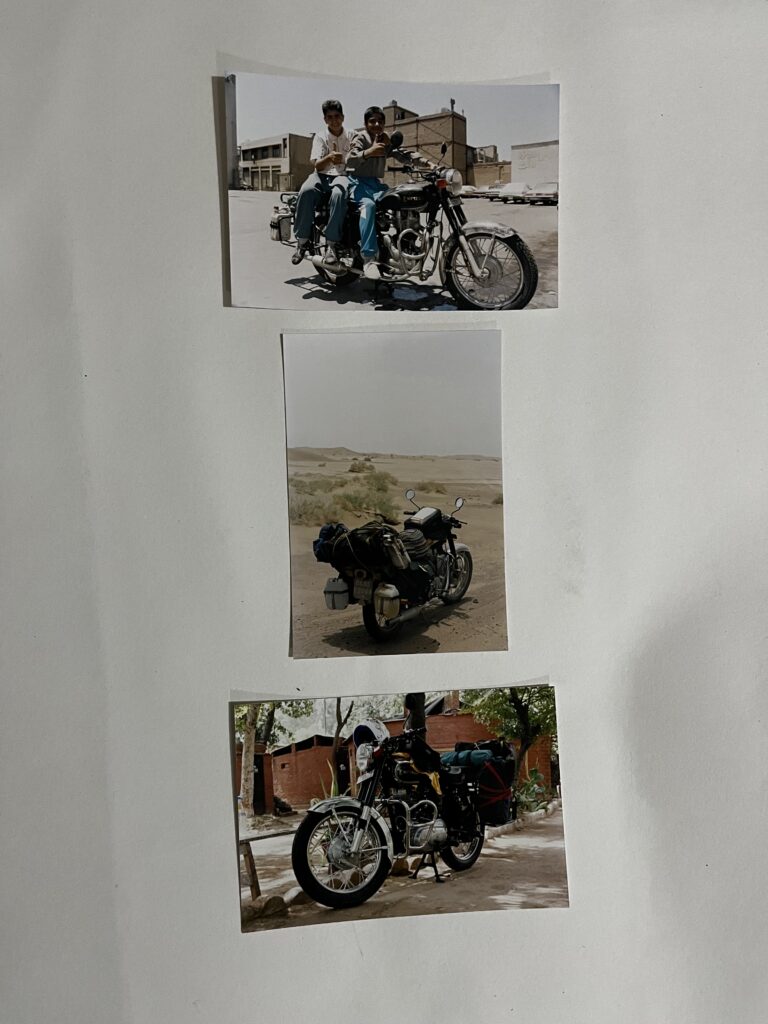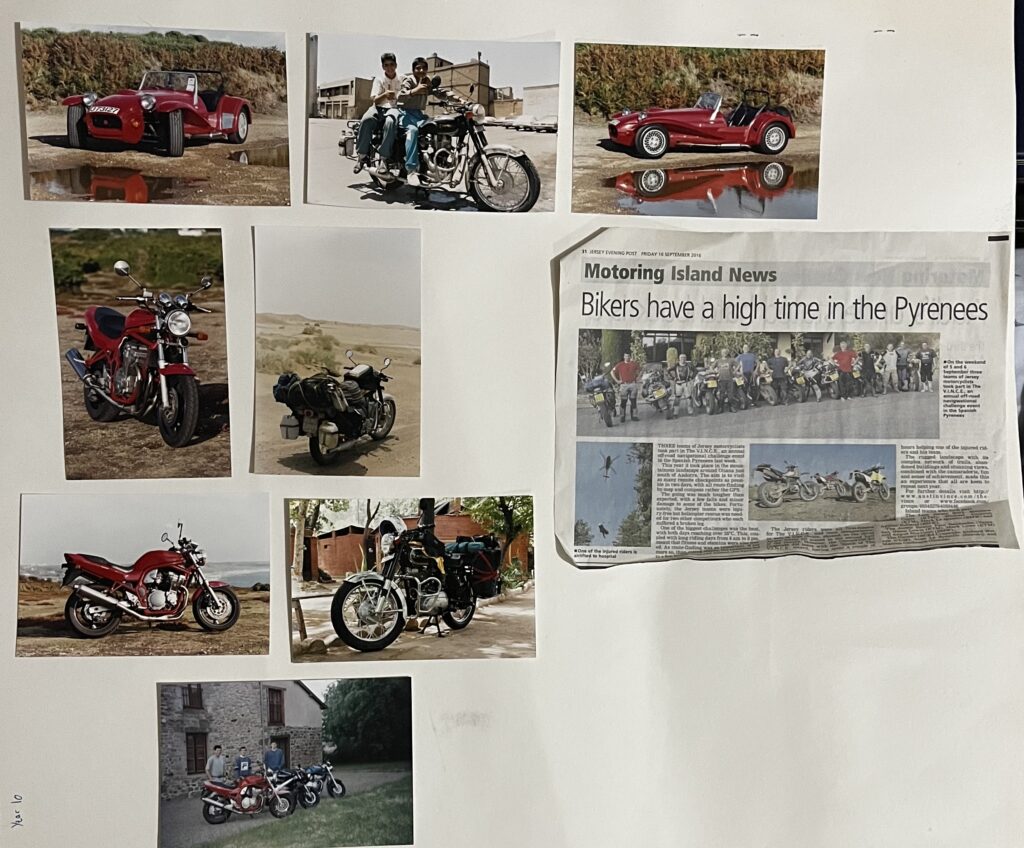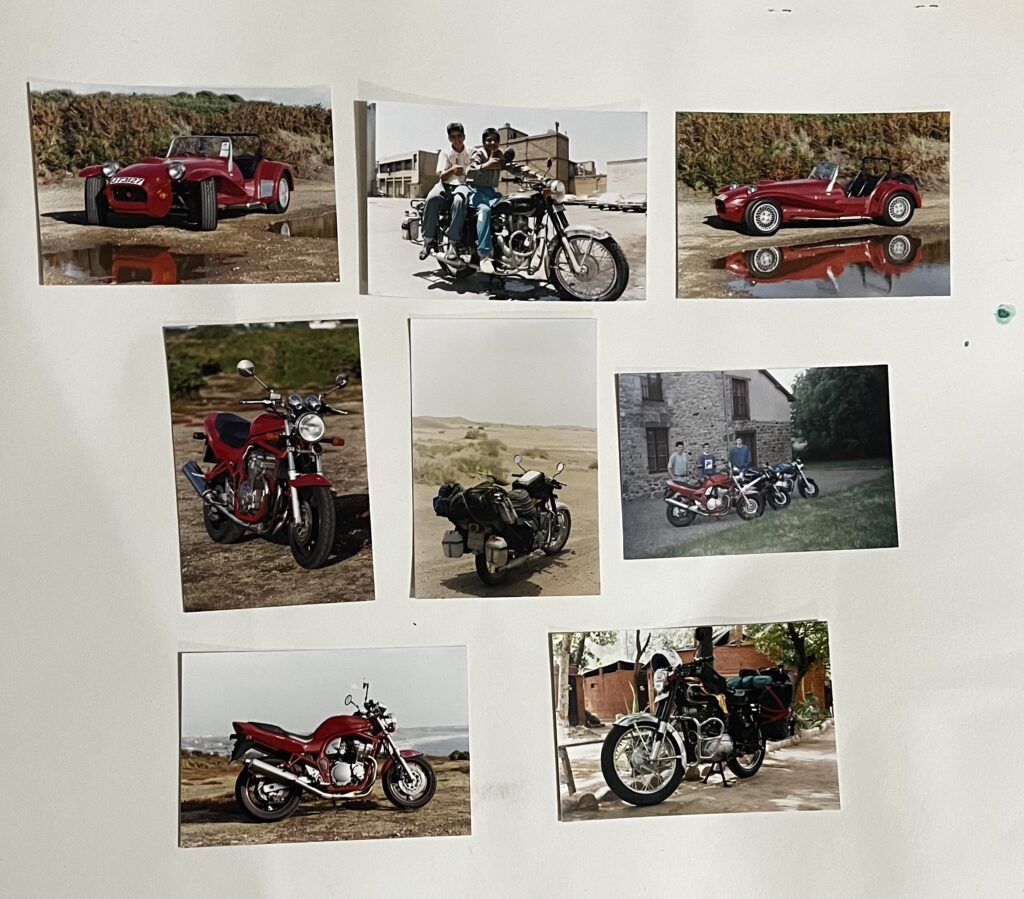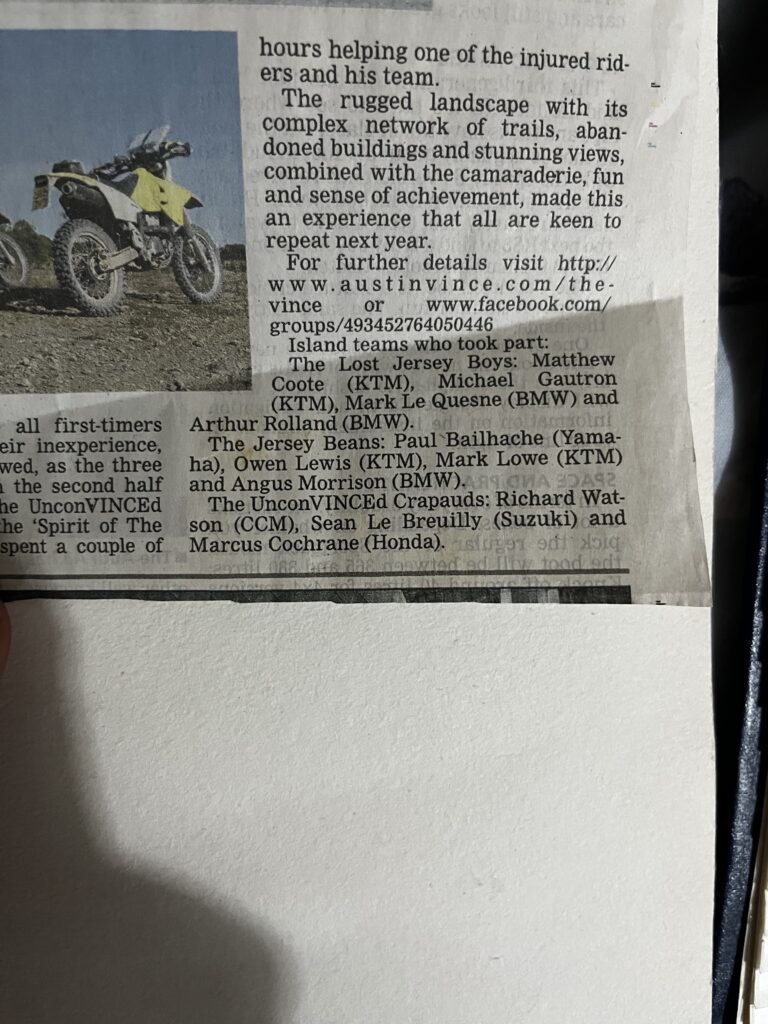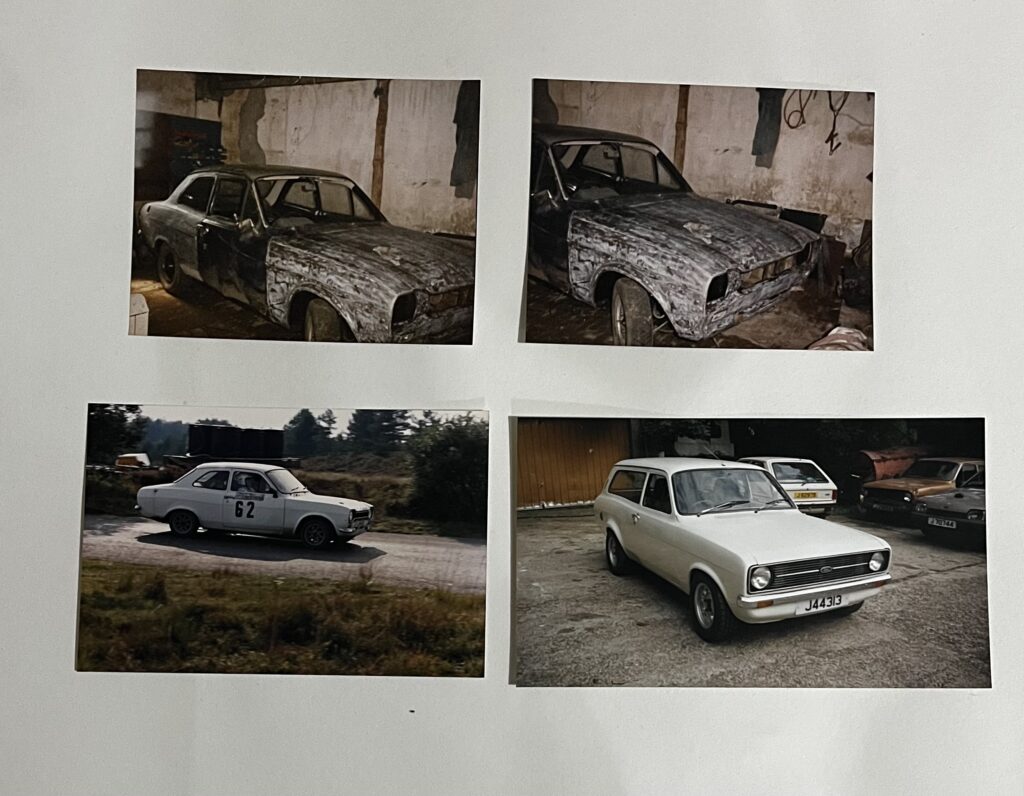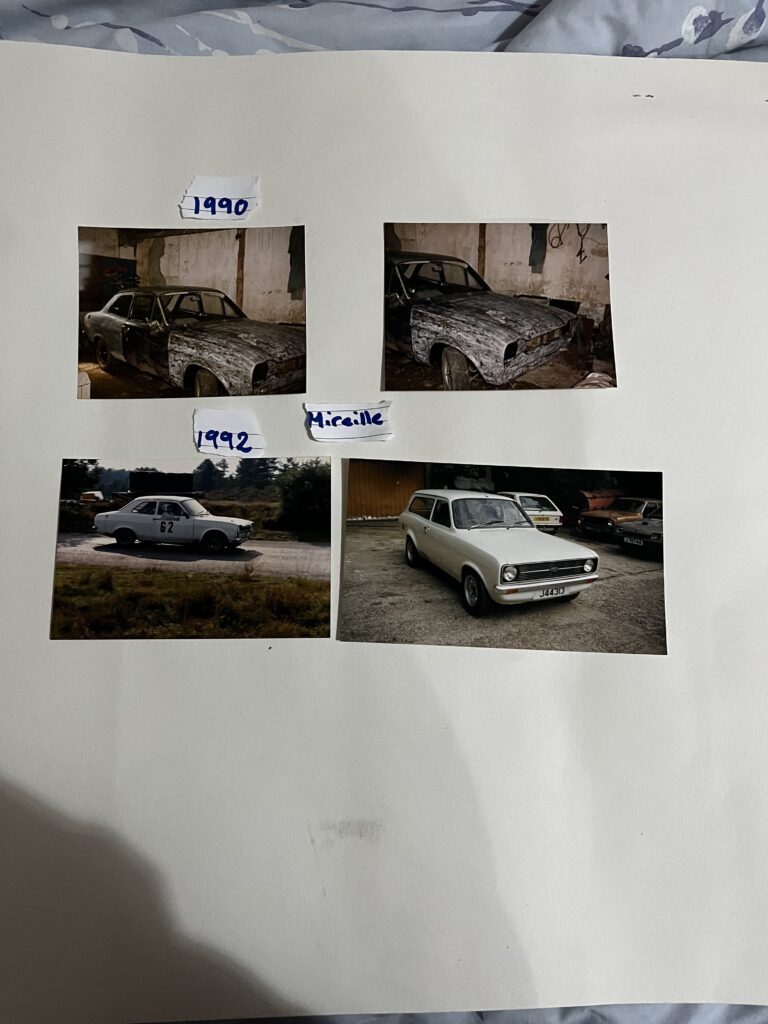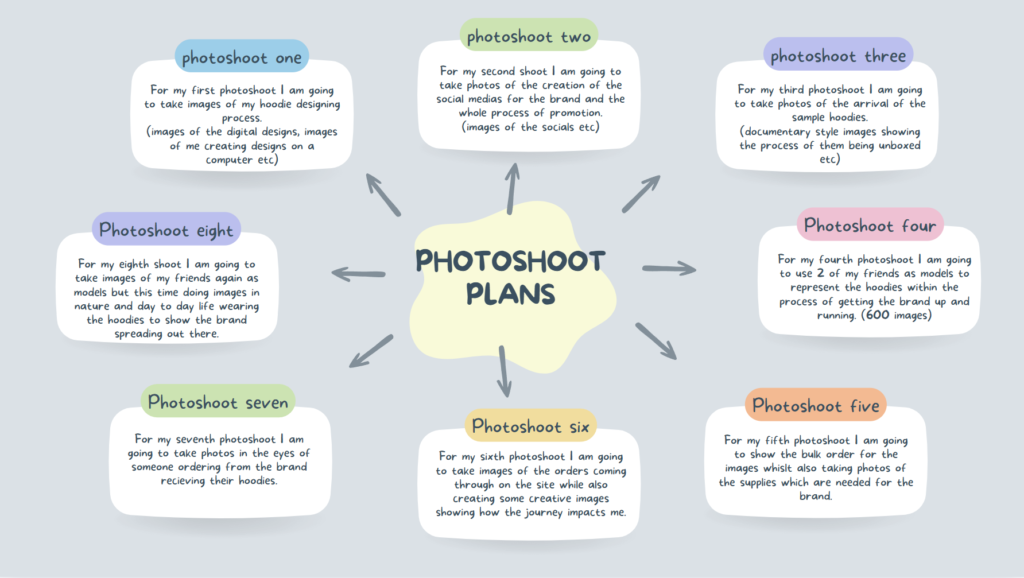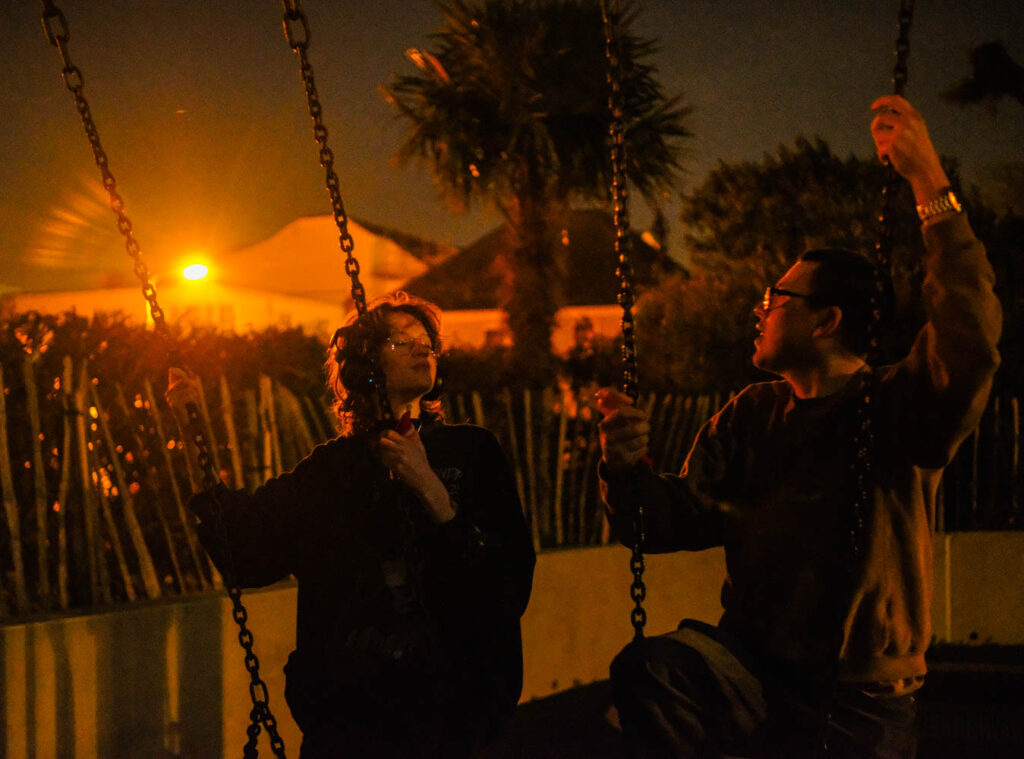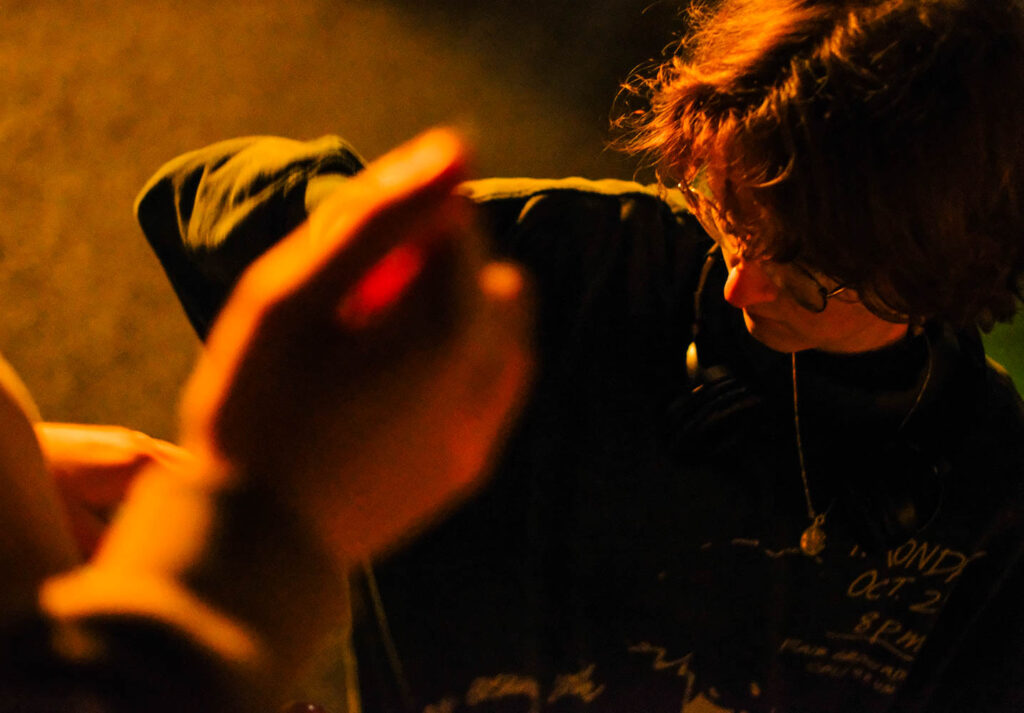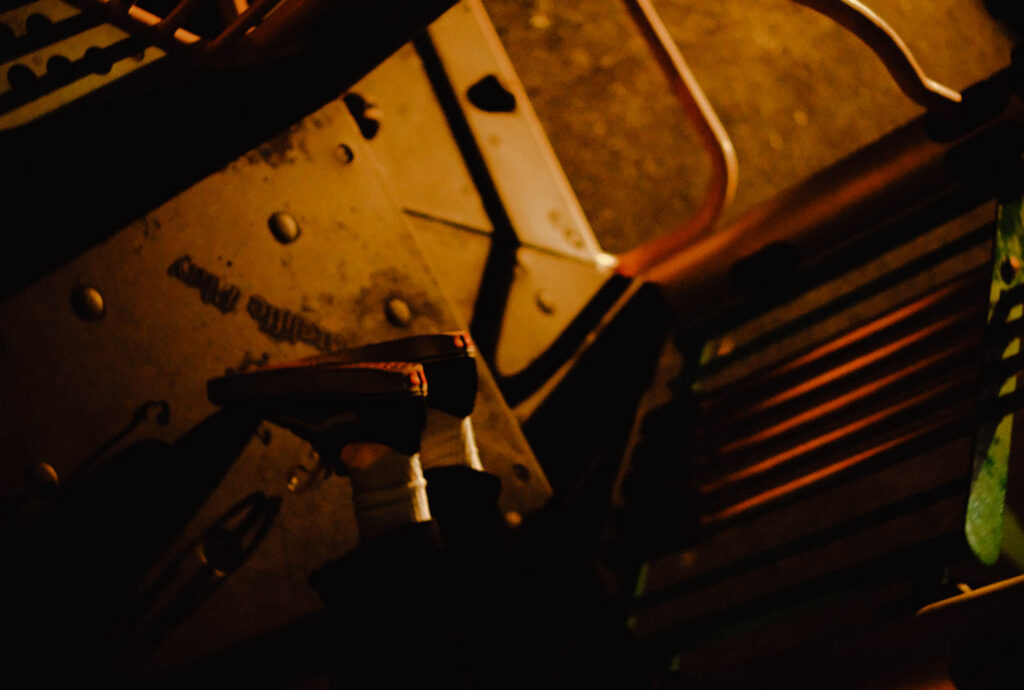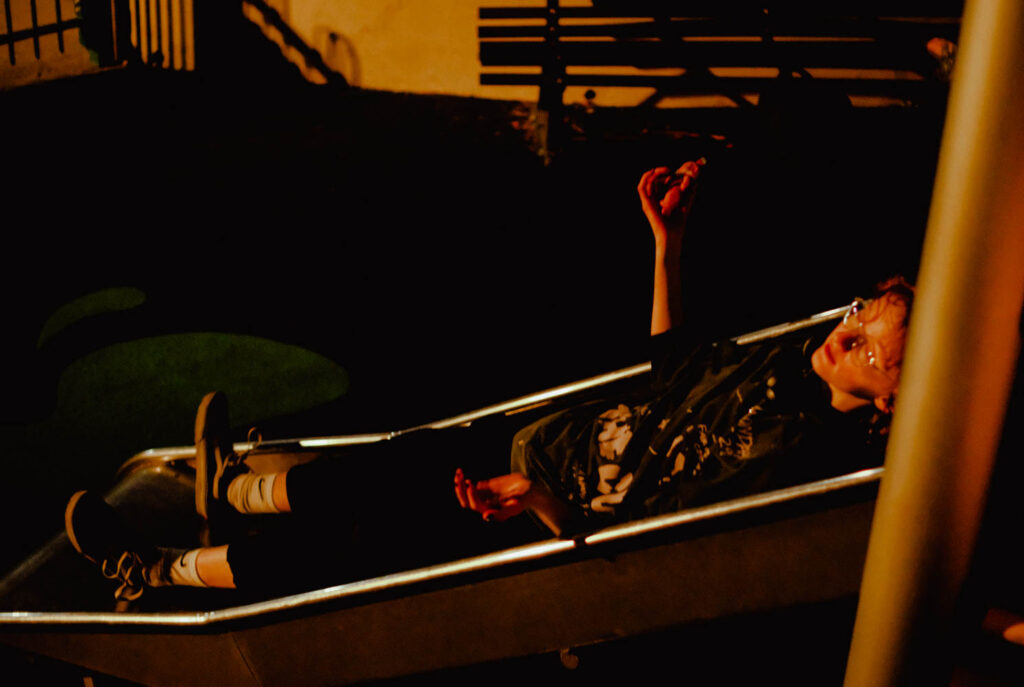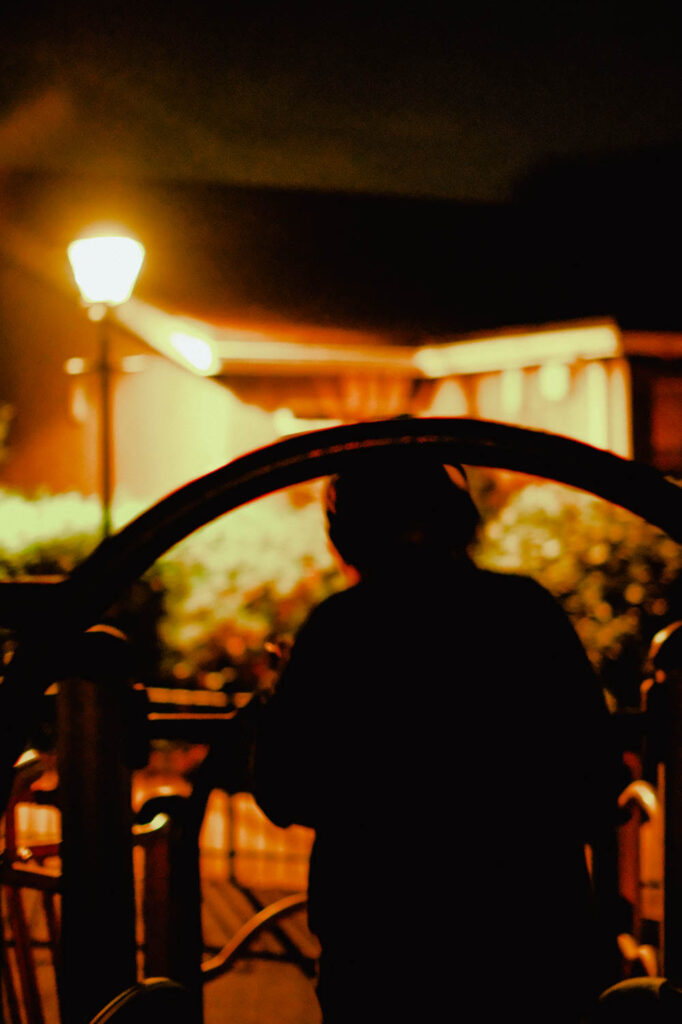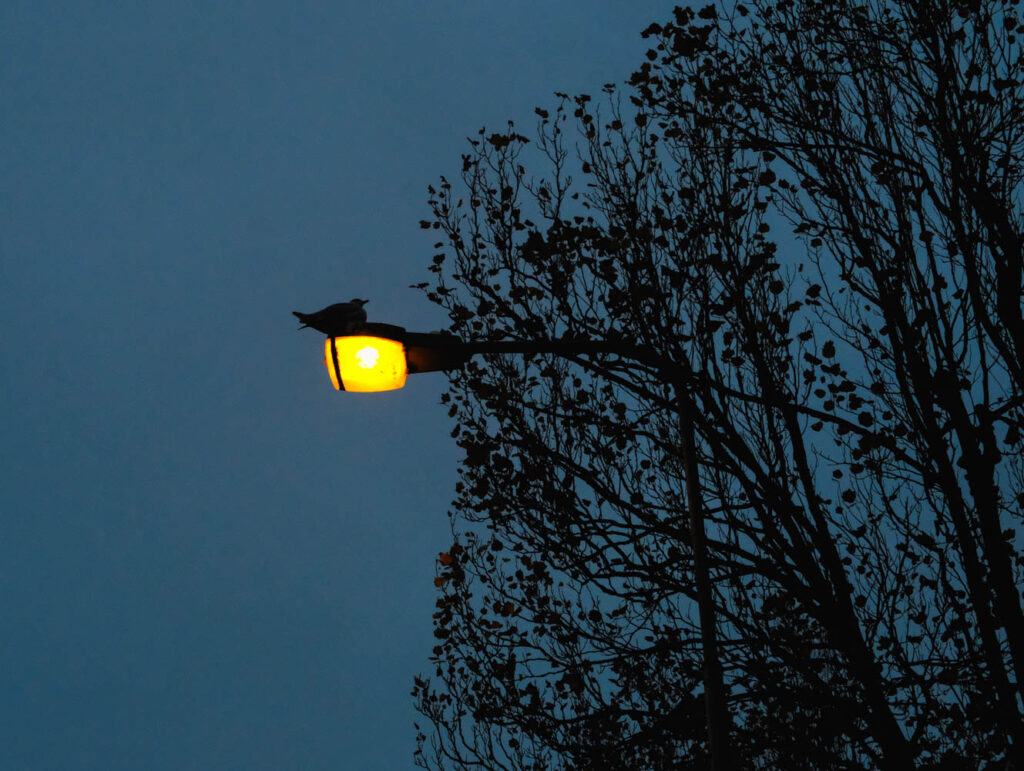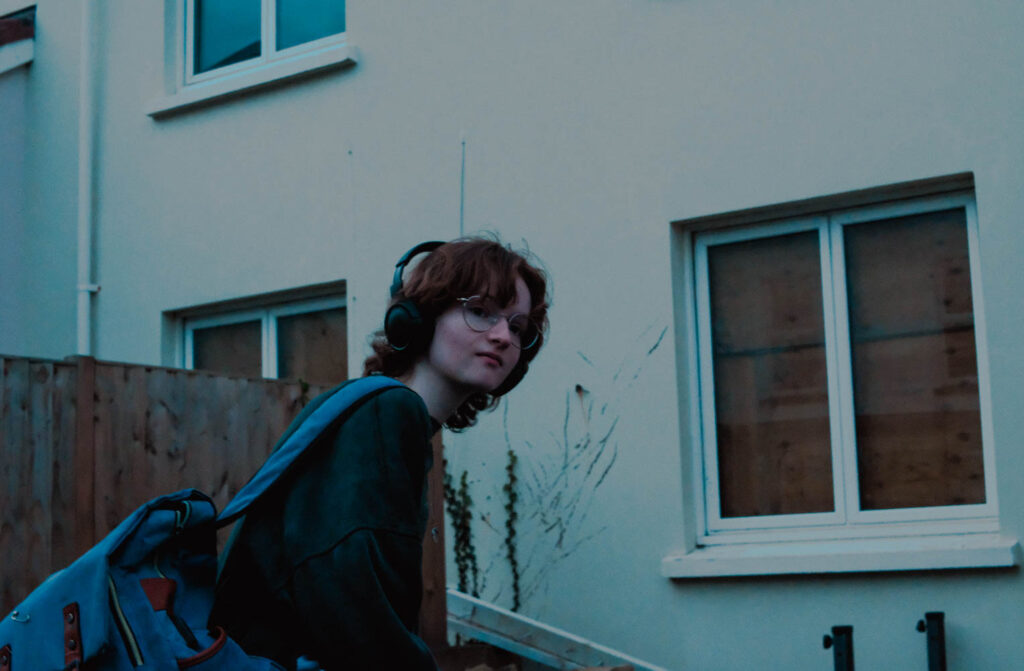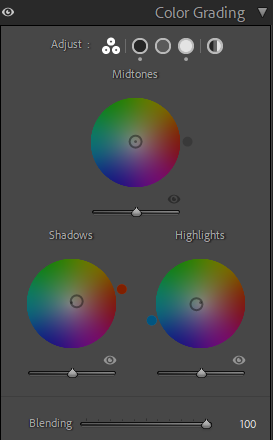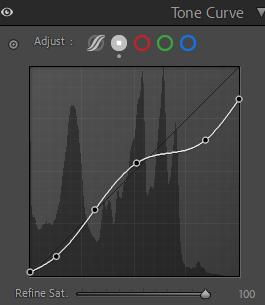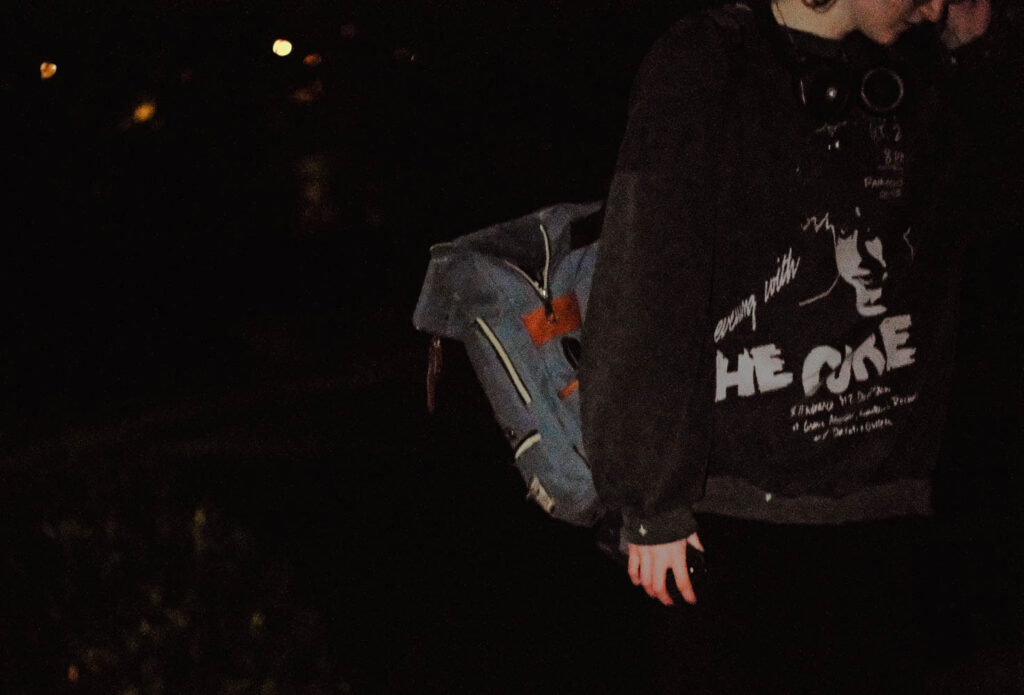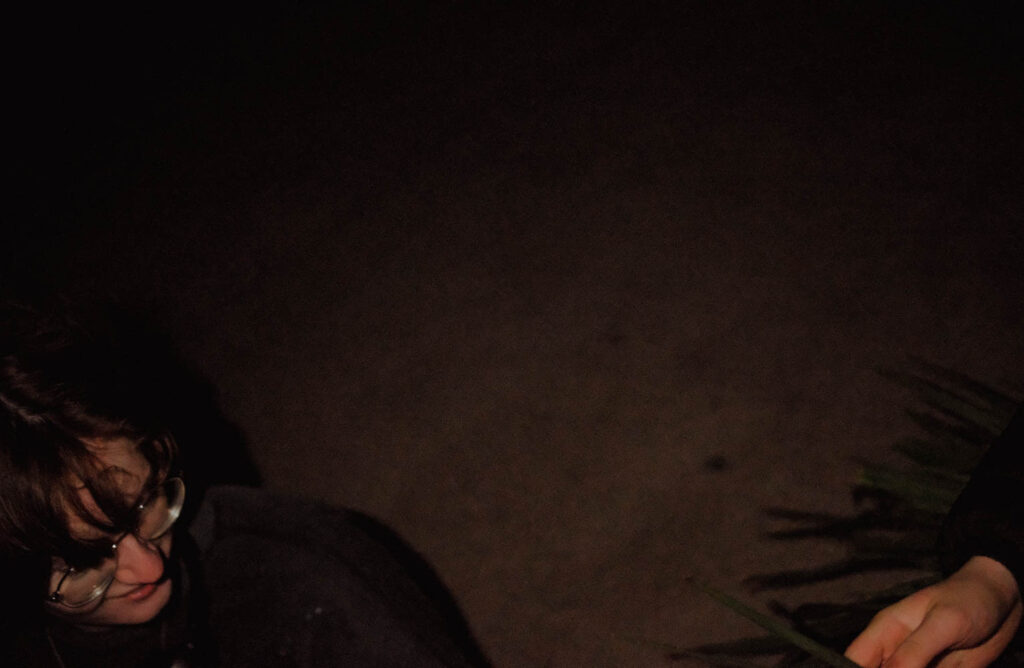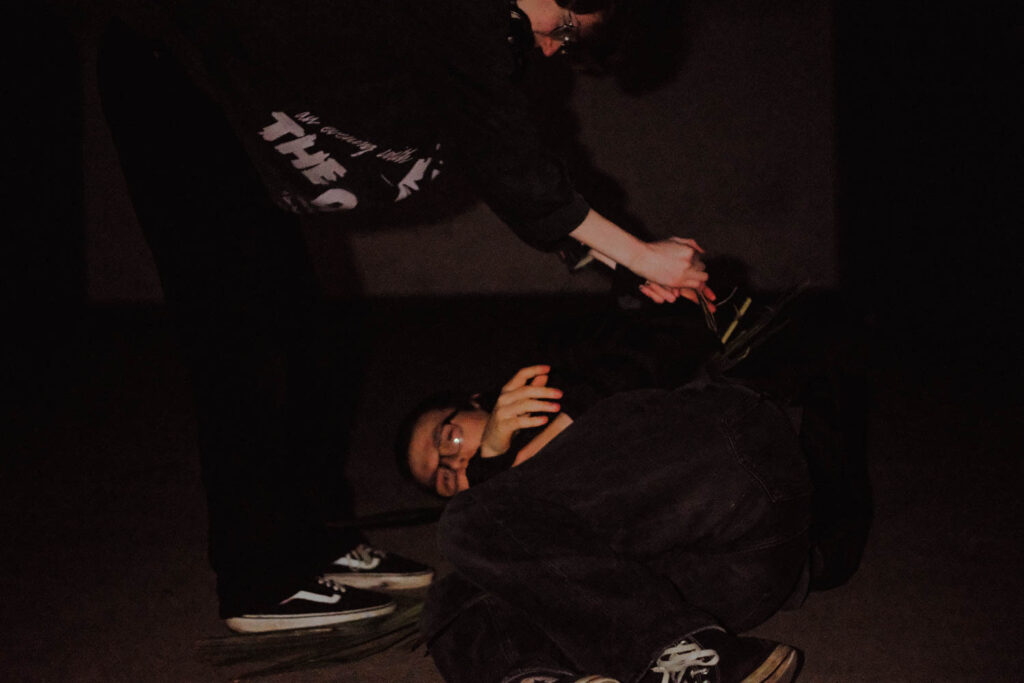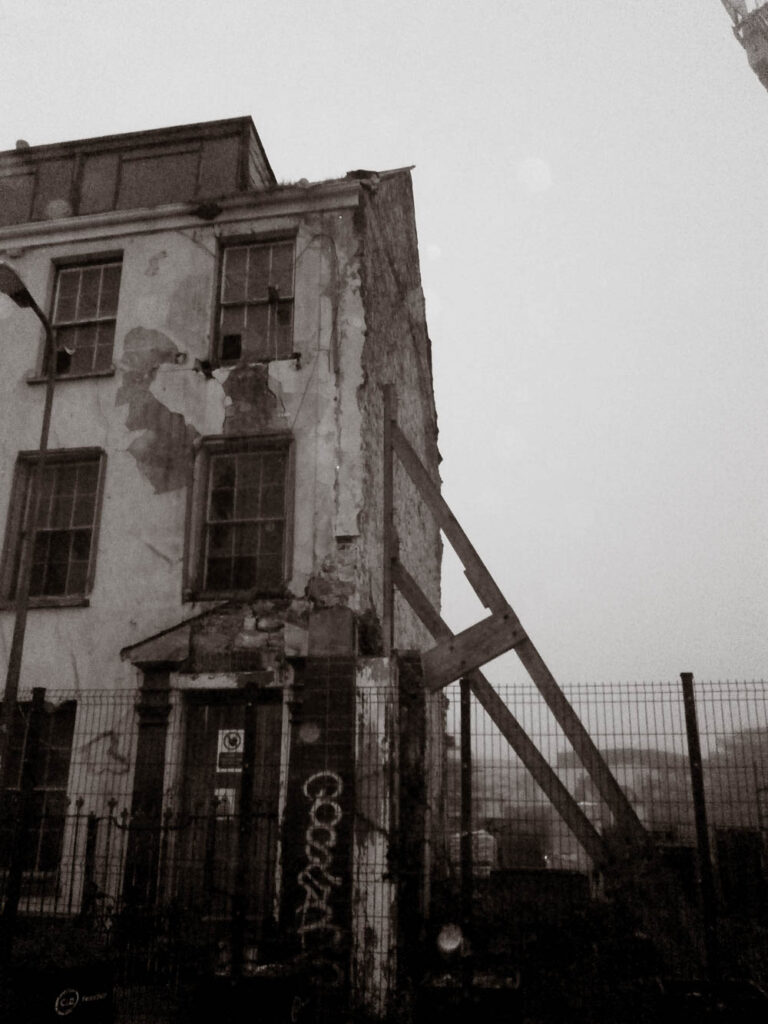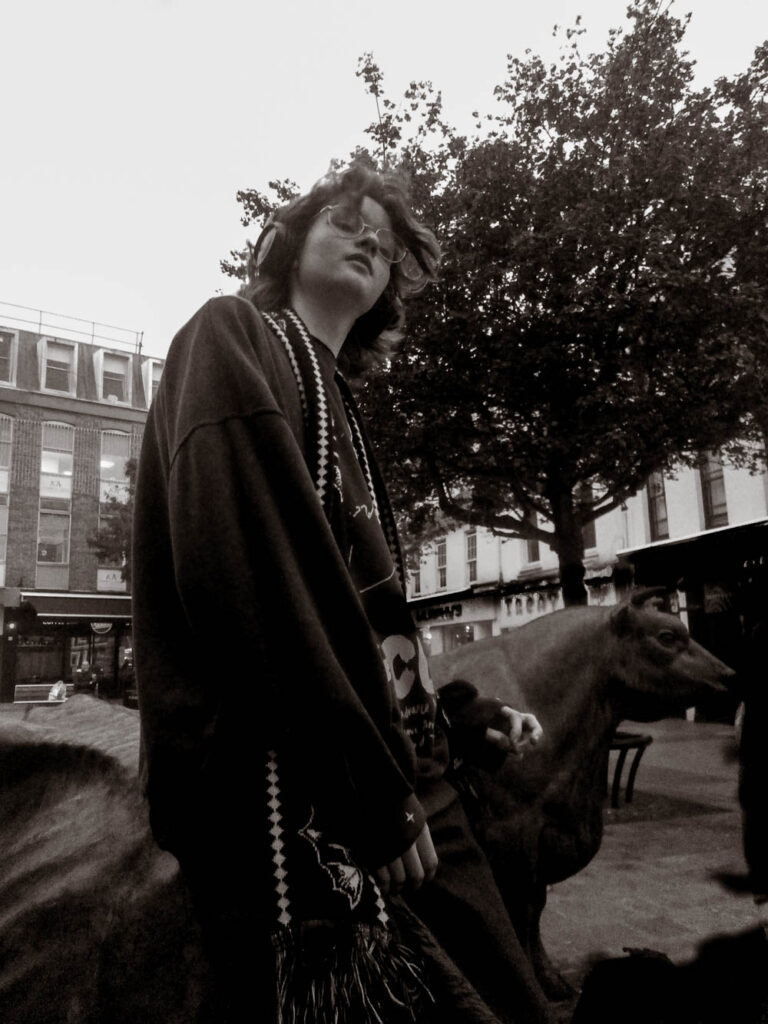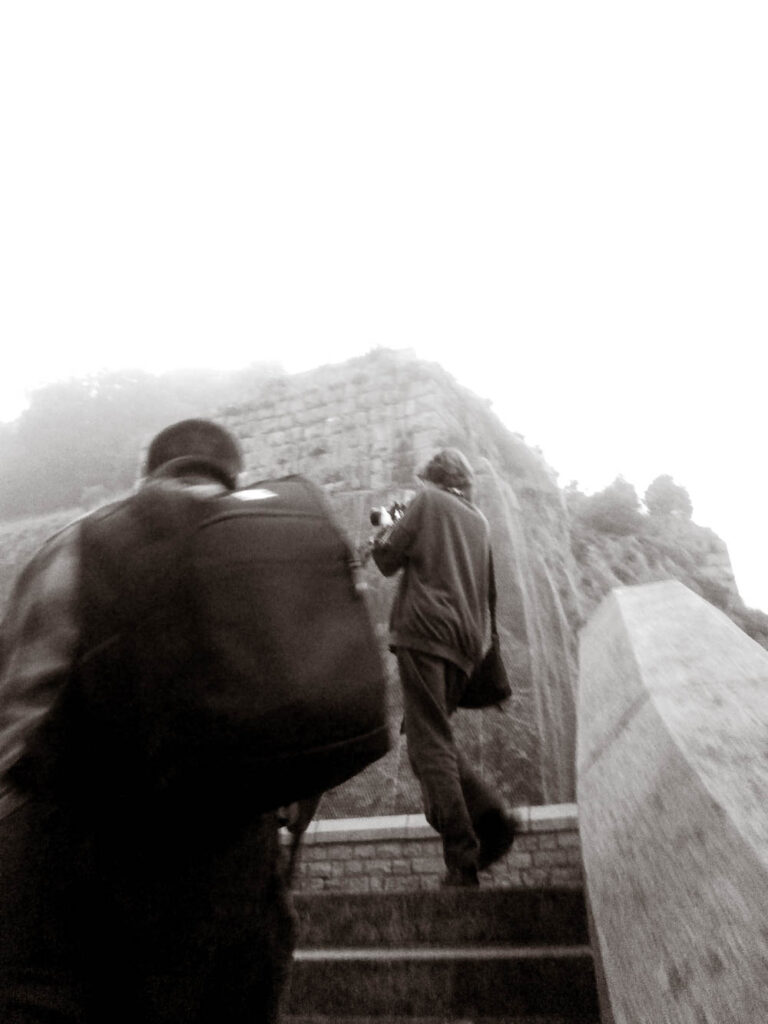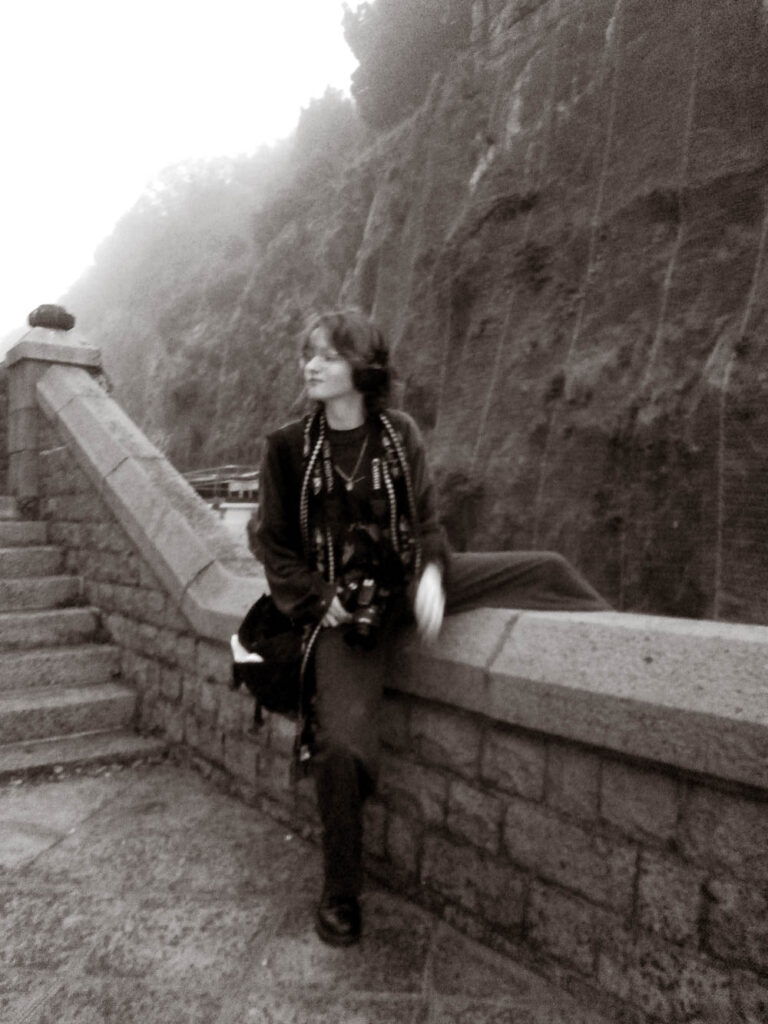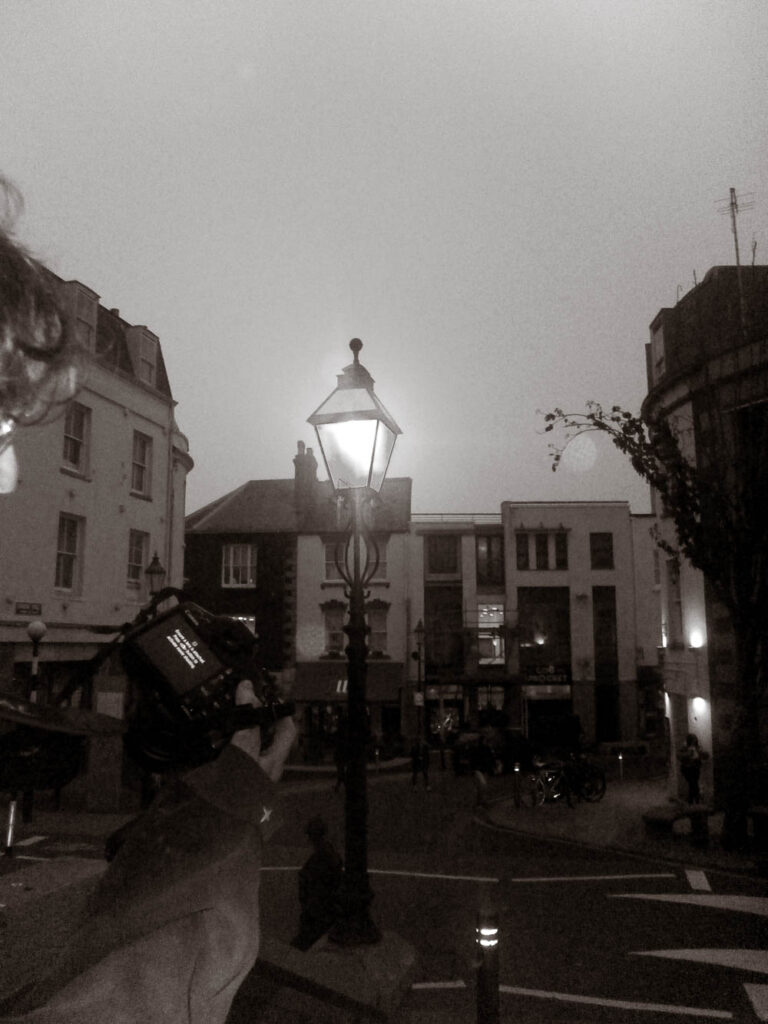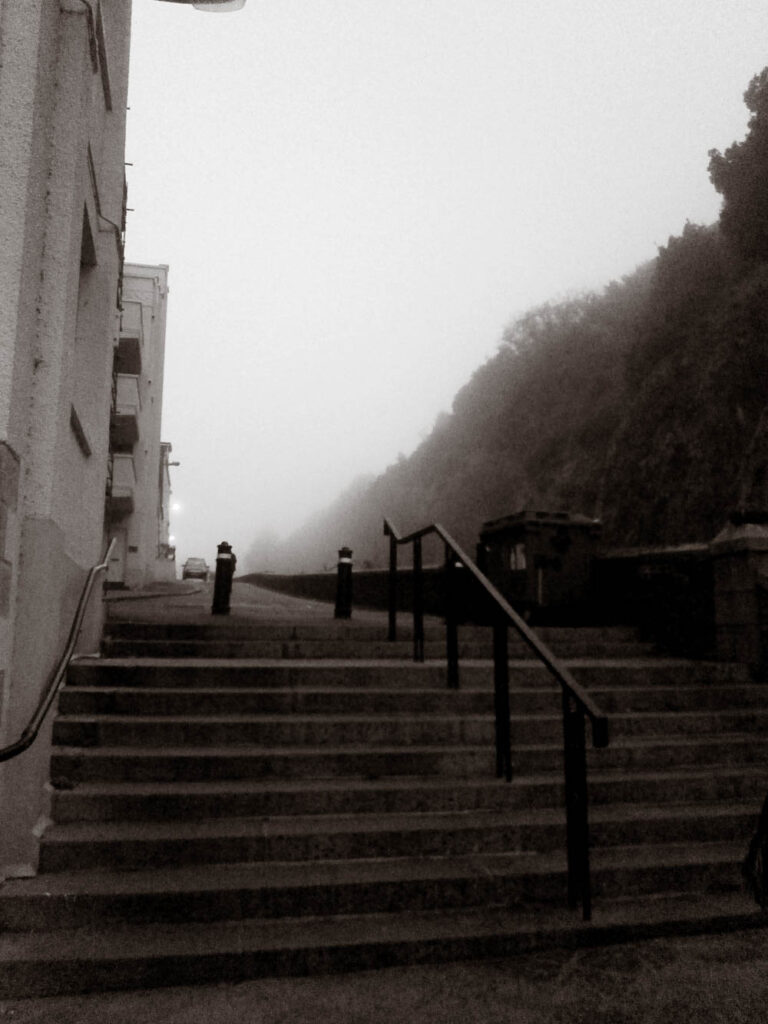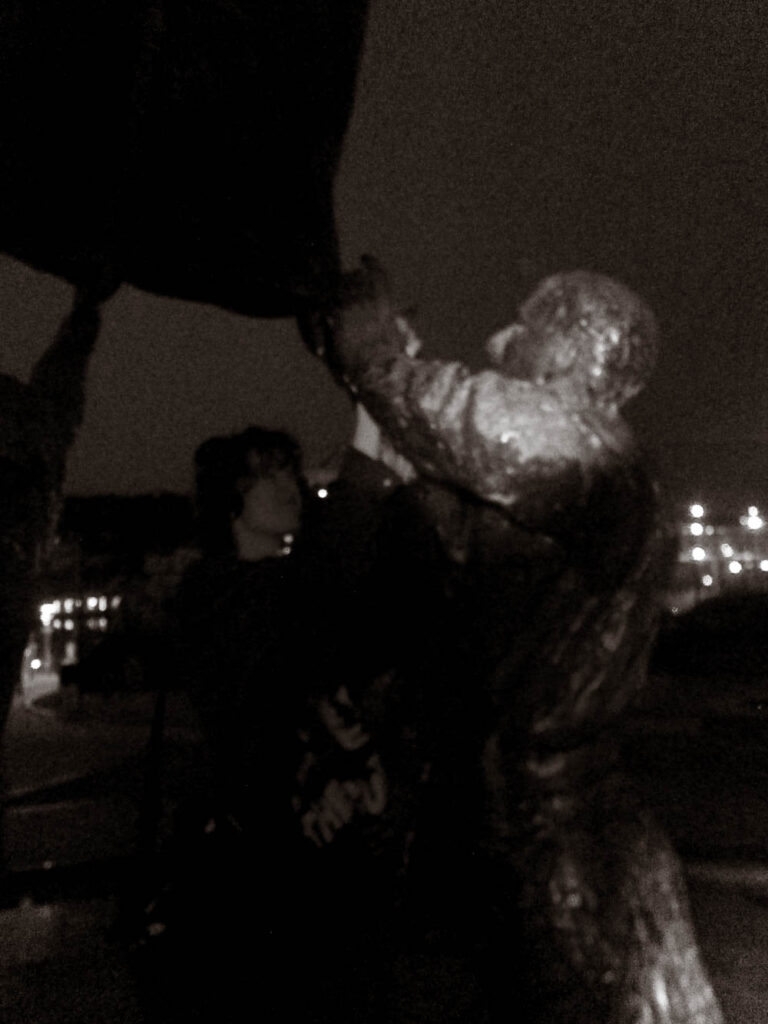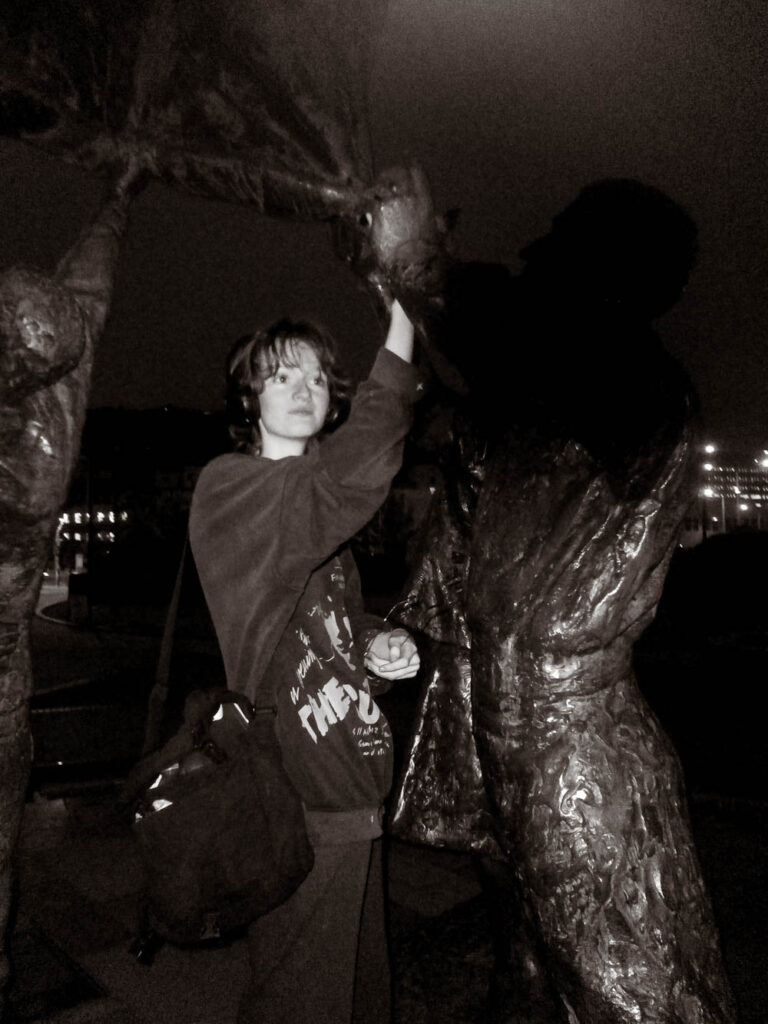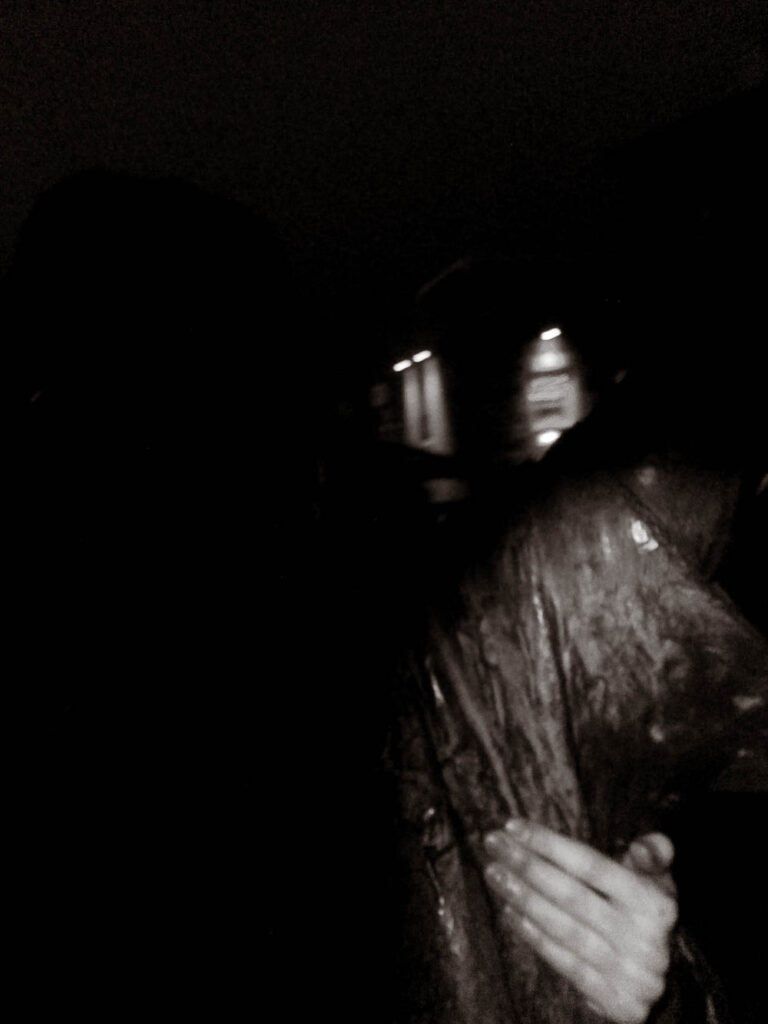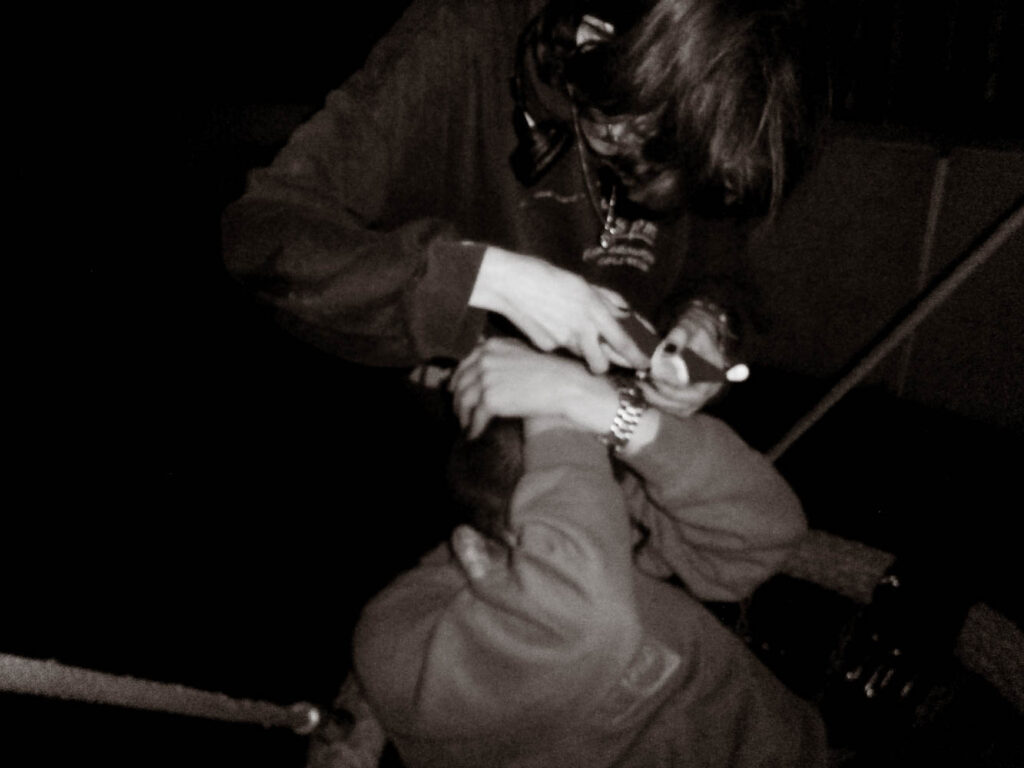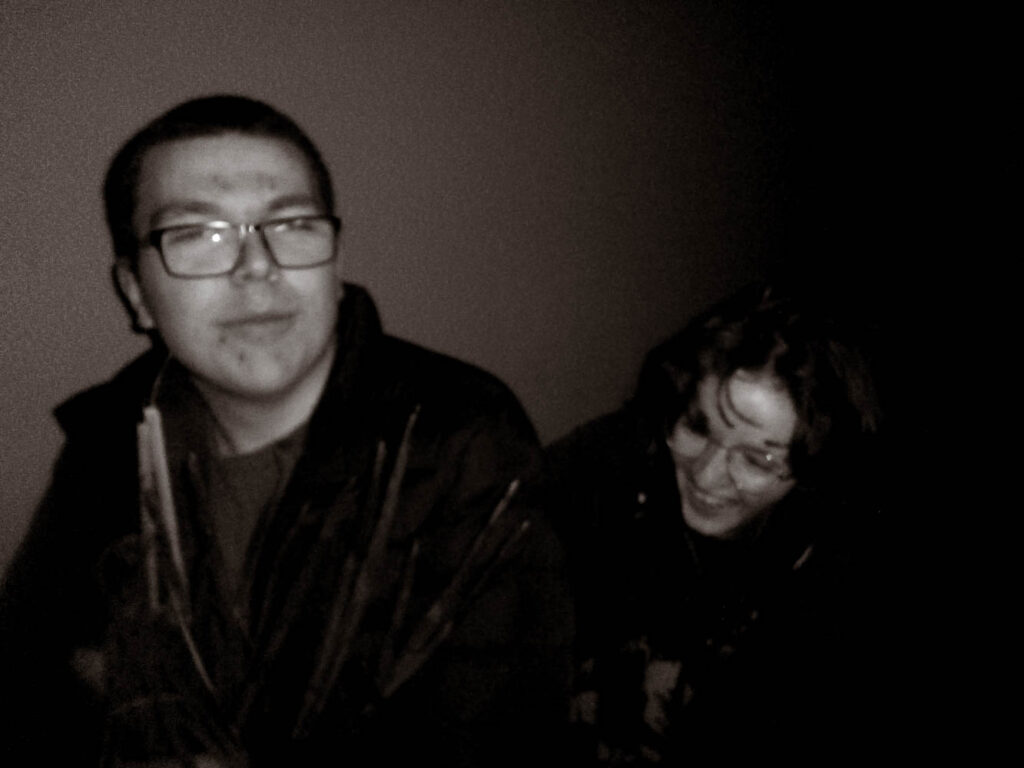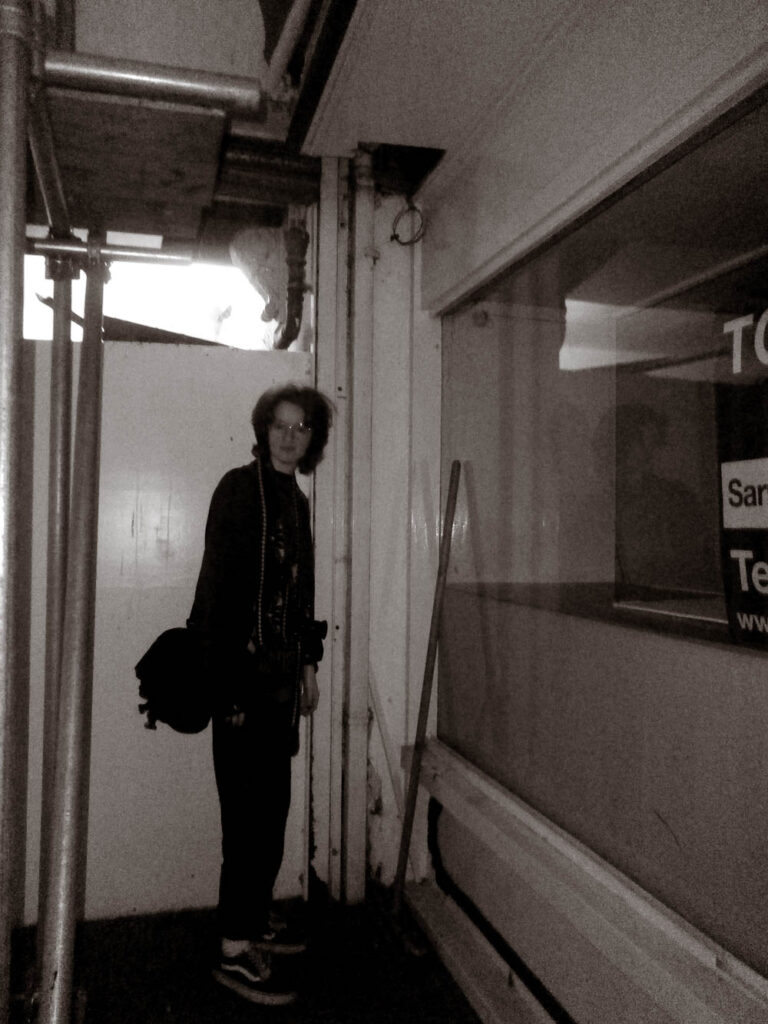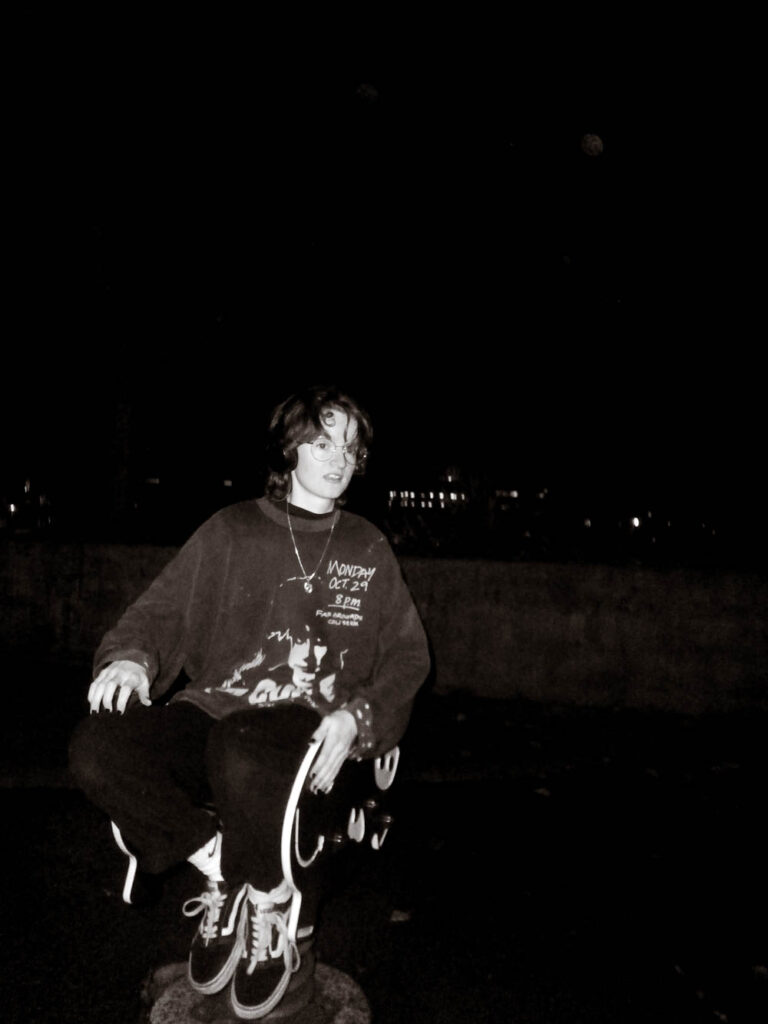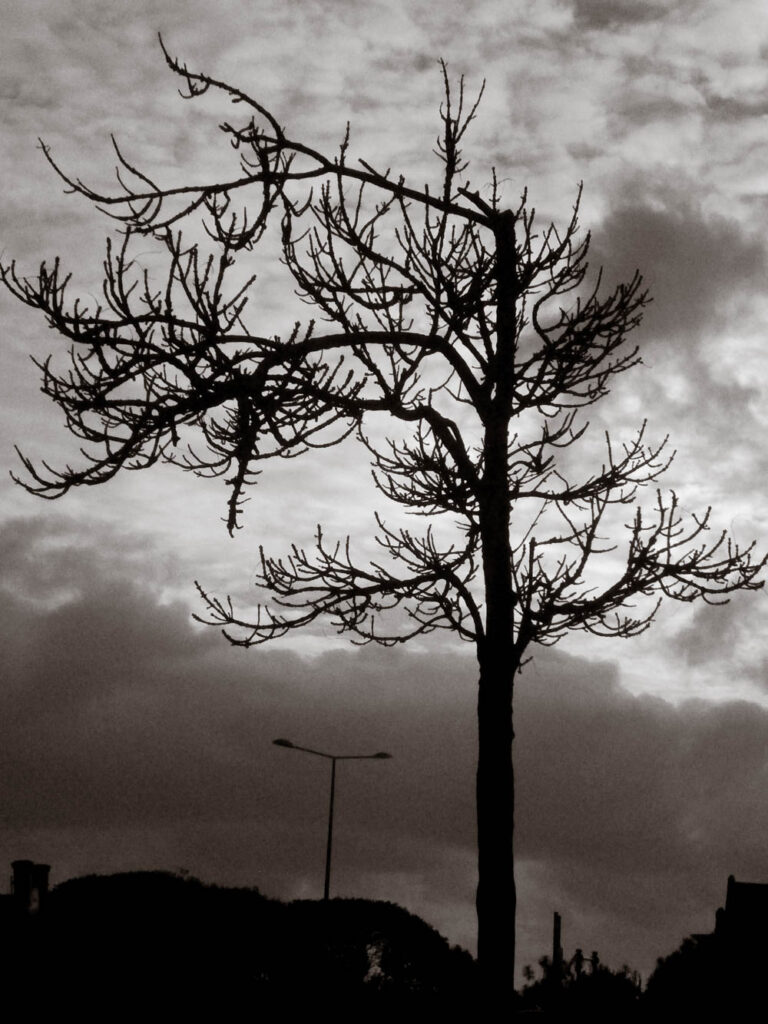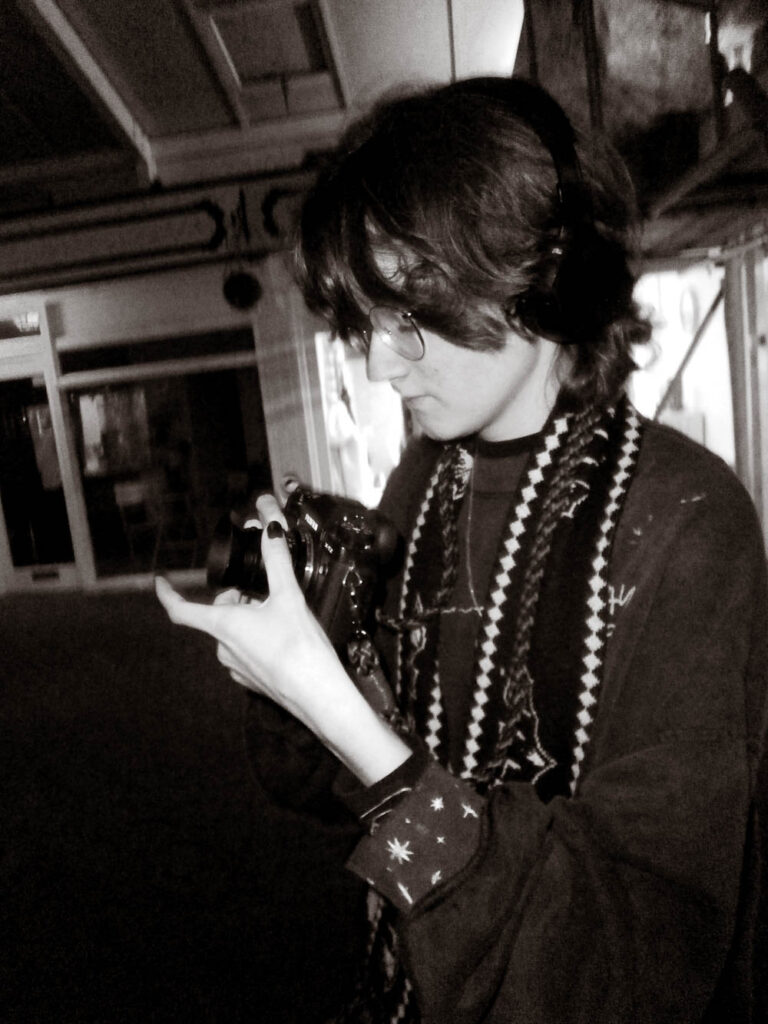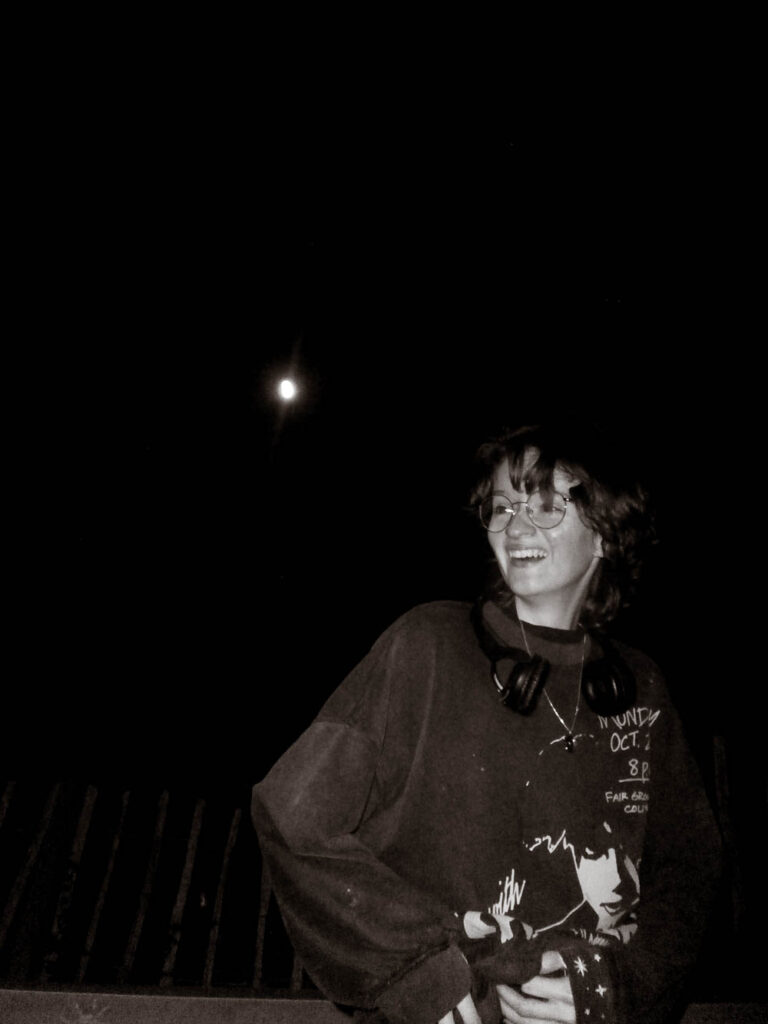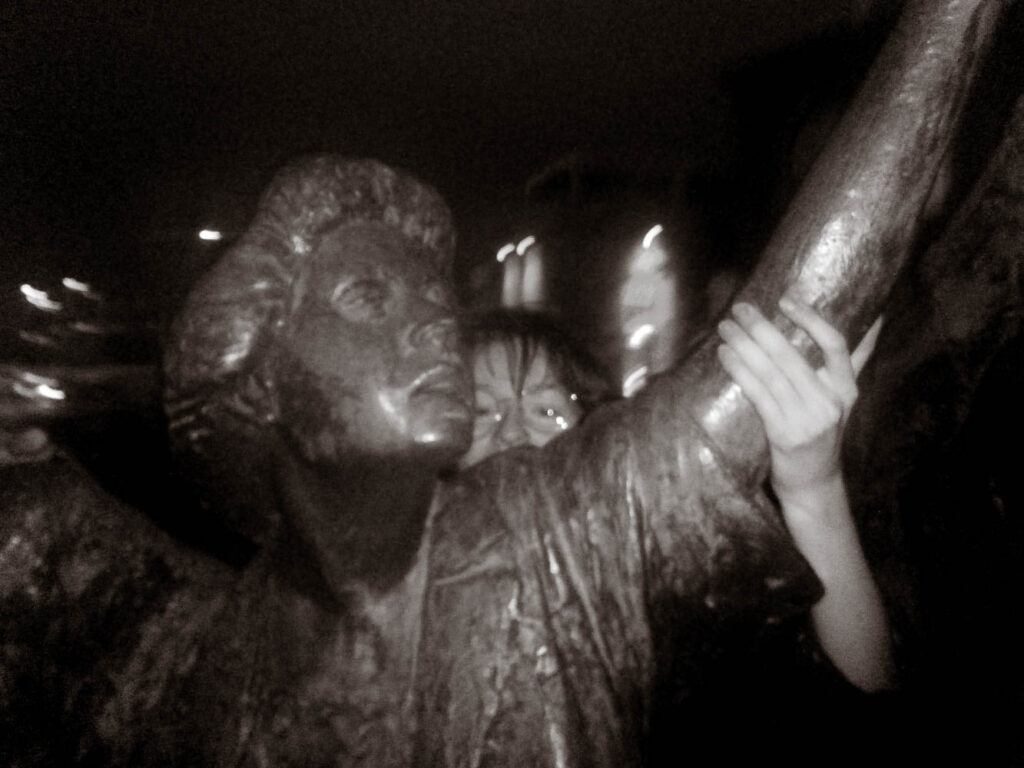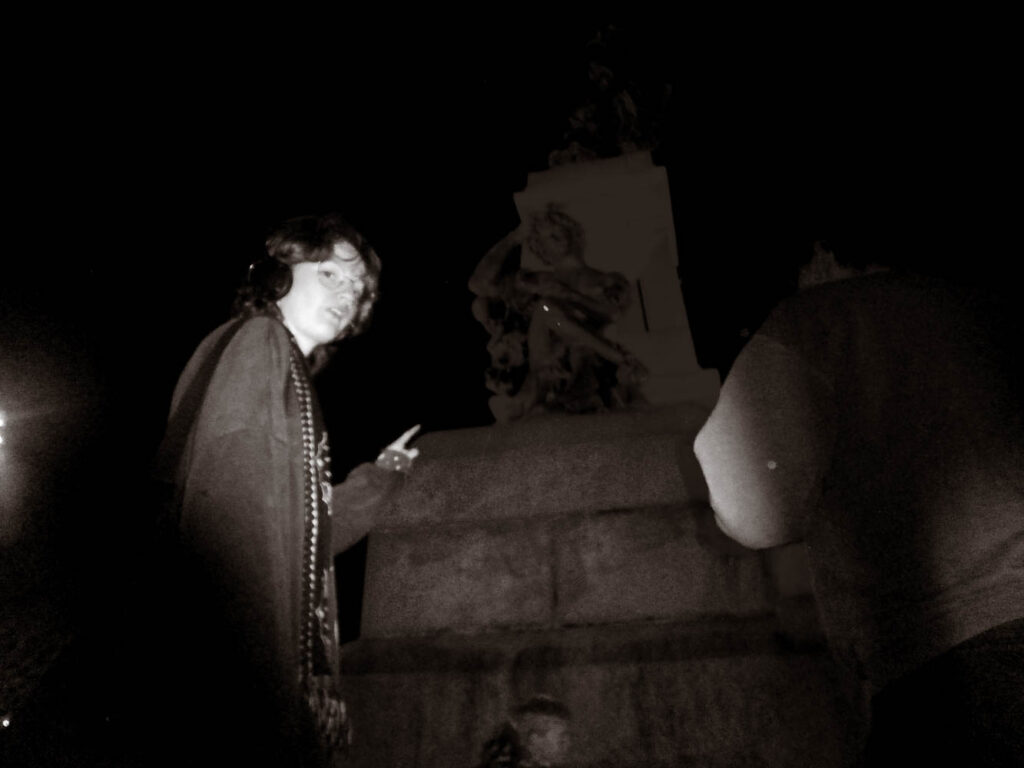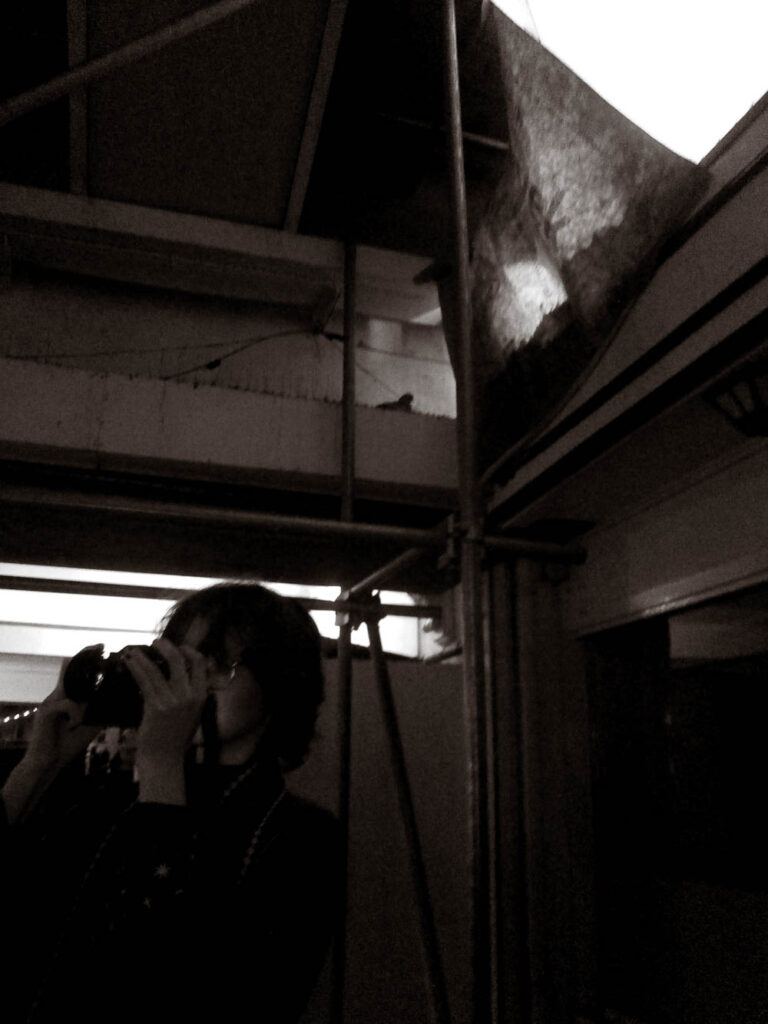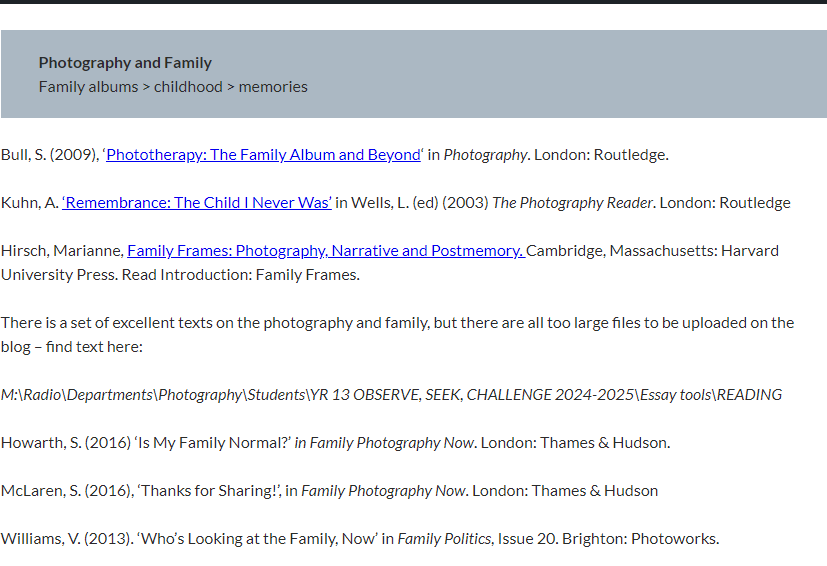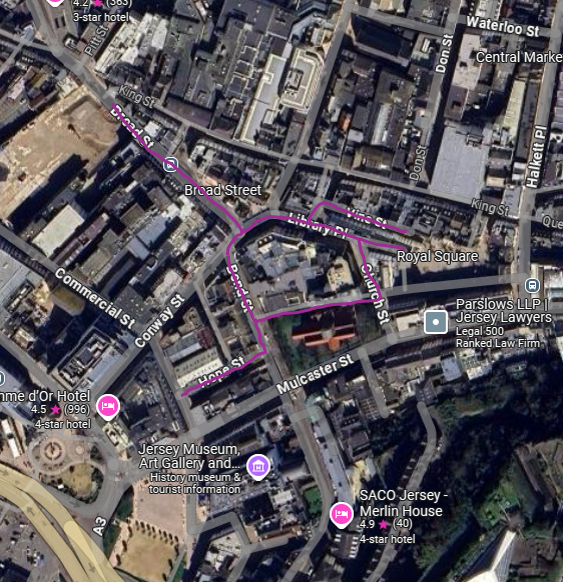The idea
I have come up with a second personal study idea which I am now using as my final idea where I would like to create a book through images representing my journey to God and becoming christian. I want to capture not only religious images but ones that show and create my own personal story of how I come to find God and interpreting my emotions throughout the images by using drawings on the images to represent my emotions I was feeling while on my journey.
Genres I want to include –
- Environmental Portrait photography – Arnold Newman
- Black & White Photography -Matt Black
- Documentary photography – Henri Cartier Bresson
Artist references
Arnold Newman – Environmental Portraiture photography
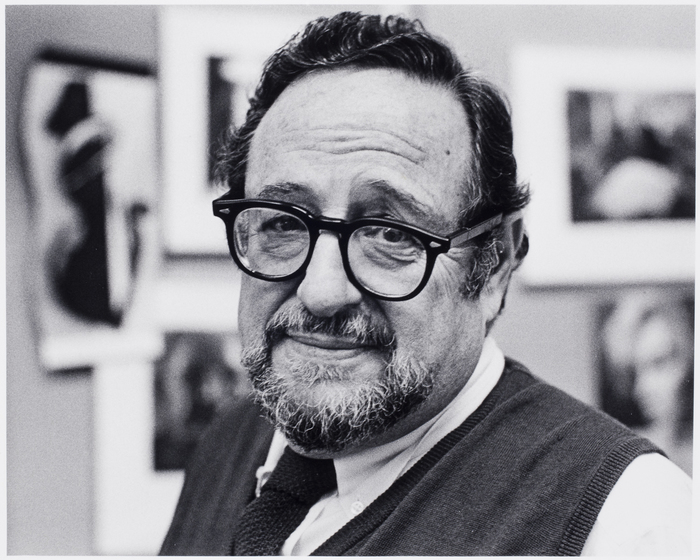
Who is Arnold Newman?
Biography and his significance –
Arnold Newman was a photographer who became famous for his unique style of portrait photography. Born in 1918, he started his career with a love for capturing people in ways that were different from the typical posed studio shots. Instead of just focusing on their faces, Newman liked to include the person’s surroundings to show more about who they were. He photographed artists, politicians, and musicians, and his work became known for its depth and creativity. Newman didn’t just take a picture; he made sure his photos told a story about the person in them.
Environmental portraiture –
Arnold Newman is known for his “environmental portraiture,” which basically means he liked to take photos of people in their natural settings rather than just in a studio. Instead of posing his subjects in front of a plain backdrop, he’d show them in places that reflected their personality or work. For example, he might photograph a famous artist in their studio surrounded by their artwork, or a musician in a setting related to their music. This approach made his photos more interesting and gave you a sense of who the person was beyond just their face. It wasn’t just about taking a picture, it was about capturing the whole story.
His composition and lighting techniques –
Arnold Newman wasn’t just interested in taking a nice picture; he wanted to capture who his subjects really were. Before taking a shot, he’d spend time getting to know them, understanding their personality and background. This meant that his photos often felt personal and full of character. Whether he was photographing a famous artist or a politician, he made sure the photo showed more than just their face. The environment around them, their expressions, and even the little details all worked together to tell a story about who they were as people, not just what they looked like.
The stories he tells –
Arnold Newman’s photos weren’t just about snapping pictures of famous people—they were about telling a story through his subjects and their surroundings. He had a real knack for picking up on little details that gave you a better sense of who the person was. For example, he might photograph a musician in their studio, surrounded by instruments, or an artist in front of their own paintings. These extra elements helped make the photo feel more real and showed something deeper about the person, like what they cared about or what they did every day. It was like the setting became part of the story, not just the background.
Famous people and subjects –
Arnold Newman’s portfolio is full of famous faces, from artists to politicians, musicians to writers. He had a way of capturing these people in a way that went beyond just their fame. Instead of just a typical posed shot, Newman made sure to photograph them in settings that felt personal and meaningful to them. For example, he might snap a picture of a famous painter surrounded by their art, or a musician with their instrument in hand. These photos weren’t just about the celebrity—they told a bigger story about who they were and what made them unique.
Arnold Newman’s influence on other photographers –
Arnold Newman’s work didn’t just influence his peers at the time; it also had a big impact on photographers who came after him. His style of environmental portraiture, where the setting is just as important as the subject, became a major inspiration for a lot of modern photographers. Newman showed that portraits could be more than just nice pictures; they could tell stories and really capture the personality of the person. Today, many photographers still use his approach of including the environment to give their portraits more depth and meaning, keeping his influence alive in the photography world.
The people/things that inspired him –
Arnold Newman was heavily influenced by a variety of artists, photographers, and intellectual currents. One of his primary inspirations was Albert Renger-Patzsch, a German photographer known for his precise and objective style. Newman was also inspired by Berenice Abbott, an American photographer who focused on capturing urban environments and people in a direct, unflinching way.
Arnold Newman Moodboard
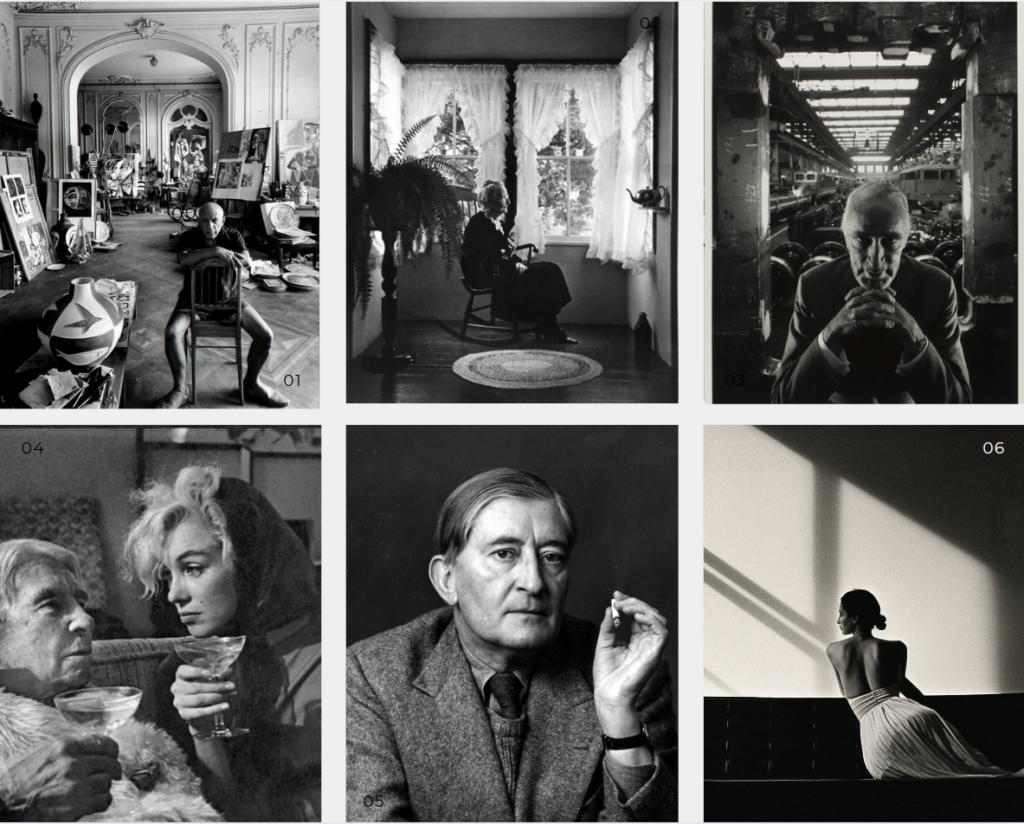
Personal Opinion
What I like about Arnold Newman’s work is that he uses people within their natural environment therefore he captures people to their full capacity as people often feel the most comfortable in their own personal environment. Although they do know they are being photographed many of the images still turn out very natural as if the camera wasn’t there.
Arnold uses quite a lot of natural lighting in his images, whether they are taken outside or close to windows letting in the natural sunlight and lighting in from the outside. Although all of his images are manipulated and changed to black and white the natural lighting within each image is still very clear and noticeable.
All of Arnold Newman’s photographs have a warm light feel to them even whilst all the images are black and white you can still see the warm, soft lighting within the photographs.
Arnold Newman uses a wide range of different perspectives, shapes and points of view within his images, some are up close and very detailed while others show a bigger picture with less of a focal point.
Henri Cartier Bresson
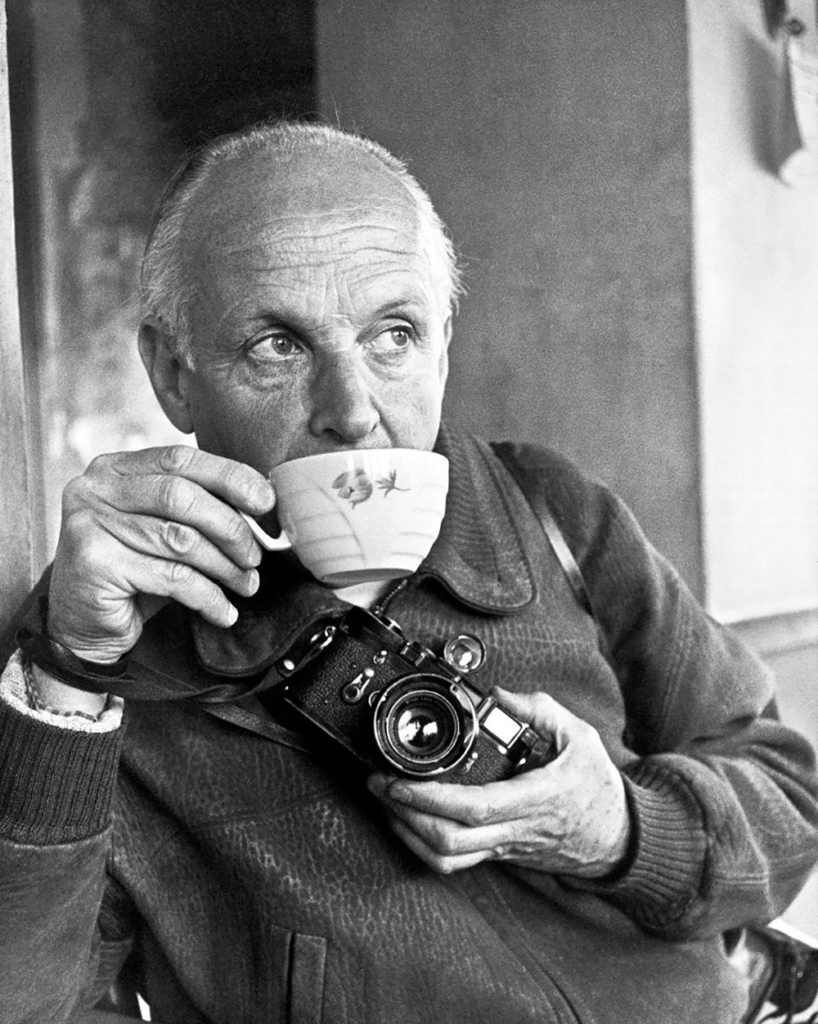
Who is Henri cartier Bresson?
Henri Cartier-Bresson was a French artist and humanist photographer considered a master of candid photography, and an early user of 35mm film. He pioneered the genre of street photography, and viewed photography as capturing a decisive moment. Cartier-Bresson was one of the founding members of Magnum Photos in 1947.
Who inspired Henri Cartier Bresson?
Cartier-Bresson’s photographic vision was shaped by a blend of artistic, philosophical, and documentary influences, ranging from Surrealism and Pictorialism to painting and the revolutionary spirit of the 20th century. His unique style, which emphasized capturing the essence of life’s fleeting moments, was an amalgamation of these diverse inspirations.
some of the types of people who inspired him:
- The Pictorialists (Artistic Photography Movement)
- Garry Winogrand and Walker Evans
- The Surrealists
- Robert Capa
- Paul Strand and Edward Weston
- The Concept of “The Decisive Moment”
- Painting and Drawing
What was Henri Cartier Bresson’s most famous piece?
Henri Cartier Bresson’s most famous piece was the Place de l’Europe, Behind Gare Saint Lazare (1932)
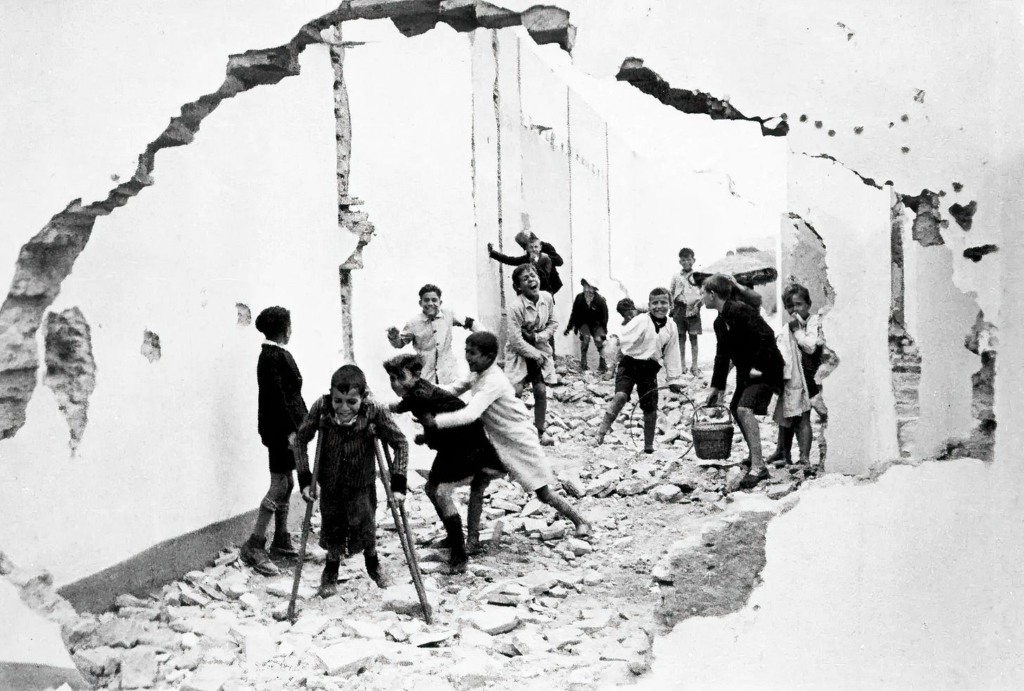
Image Description:
Cartier-Bresson’s impulsive masterpiece picturing a man suspended in mid-air as he hops over a large puddle creates a sense of anticipation as he captures the dynamic movement of an unaware participant in the decisive moment: the instant before his heel hits the water.
Henri Cartier Bresson Moodboard
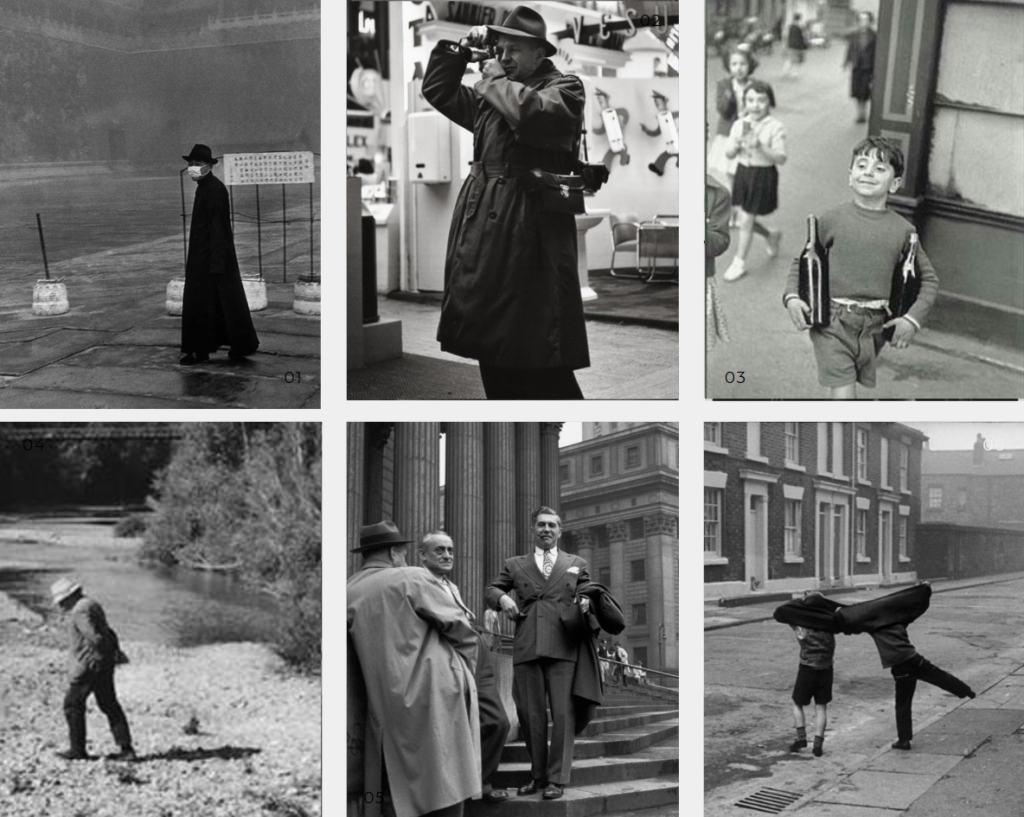
Henri Cartier Bresson famous Quotes
- “The decisive moment is the simultaneous recognition, in a fraction of a second, of the significance of an event as well as the precise organization of forms which give that event its proper expression.”
- “Your first 10,000 photographs are your worst.”
- “I do not photograph nature, I photograph life.”
- “There is nothing in this world that does not have a decisive moment.”
Personal Opinion
Henri Cartier Bresson’s work is really intriguing, I love how he captures very pure moments in time which show a story from a first look within the image but which also have a deeper meaning and story to each and every image.
The decisive moment definition – is the simultaneous recognition, in a fraction of a second, of the significance of an event as well as of a precise organisation of forms which give that event its proper expression.
He inspires me as I am a very creative person who enjoys creating deeper meanings and stories behind images which may look so simple however they create such a inspiring story behind them.
Matt Black – Black & White photography
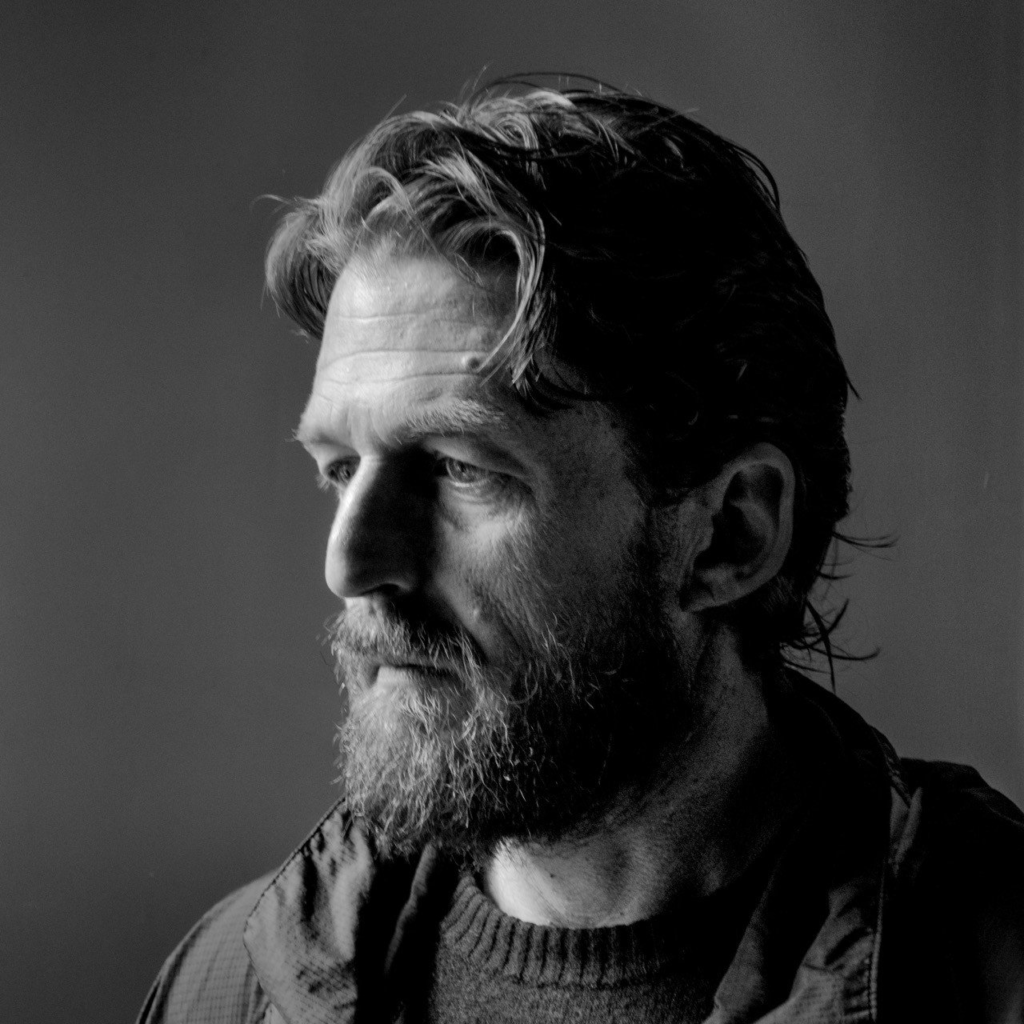
Who is Matt Black?
Matt Black is a photographer who’s known for focusing on social issues like poverty and migration, especially in rural and underserved communities. He started his career with a passion for documentary photography, wanting to show the stories of people who are often overlooked in mainstream media. Born in California, his work really zooms in on the struggles people face in places most of us don’t think about, using his photos to give them a voice. Through his lens, he sheds light on important issues, making people stop and think about the bigger picture.
Using Documentary style –
Matt Black is all about documentary photography, meaning he captures real-life moments as they happen, without staging or altering them. His approach is all about authenticity, he doesn’t try to make things look prettier or more dramatic than they actually are. Instead, he focuses on showing the raw truth of people’s lives, especially those in difficult situations. Black’s photos don’t just tell you a story; they pull you right into the moment, making you feel like you’re standing there with the people in the photo, experiencing it with them.
what he focuses on –
Matt Black has always had a strong focus on showing the lives of people who are often left out of mainstream media, like those living in poverty or facing tough circumstances. His work isn’t just about taking photos of poor communities, it’s about telling their stories with respect and dignity. He doesn’t want to sensationalize or exploit the struggles people face; instead, he works to show the humanity behind the hardship. Whether he’s photographing migrant workers or people in rural towns, his goal is to capture the full picture of their lives, highlighting both the challenges they face and their resilience.
His context –
Matt Black often uses the geography and environment of his subjects’ surroundings to add depth to his photos. It’s not just about taking a picture of a person, it’s about showing where they live, work, or struggle, and how those places shape their lives. For example, when he photographs communities dealing with poverty, the landscapes or settings around them often tell as much of the story as the people themselves. By including these details, Black helps the viewer understand the bigger picture and how geography and social conditions are intertwined with the personal stories he captures.
His techniques –
Matt Black has a unique way of making his photos feel really impactful, and part of that comes from his choice of gear and style. He often uses a large format camera, which helps him capture super detailed and striking images. He also sticks to black-and-white photography, which might seem simple, but it actually makes his work stand out. The lack of color puts more focus on the textures, lighting, and emotions in the photo, so you really notice the mood and story behind the image. It’s all about giving the viewer a chance to feel something deeper, rather than just looking at a pretty picture.
What were his most known projects?
Matt Black’s projects are some of the most powerful examples of social documentary photography. One of his standout series is “The Geography of Poverty,” where he traveled across the U.S. to capture the harsh realities of poverty in different regions. He’s also worked on stories about migration and rural life, often focusing on communities that don’t get much attention. His long-term projects give him the chance to dive deep into these issues, showing a bigger, more complex picture of what life is like for people living in tough situations. Each project feels like a deep exploration of the challenges many face but rarely get seen.
Who did he influence?
Matt Black has received a lot of recognition for his powerful work, and it’s clear that his photos are making a real impact. He’s won awards and had his work featured in major exhibitions, which has helped bring attention to the social issues he covers. But beyond the accolades, his influence on other photographers is huge, especially those focused on documenting real-life struggles and social justice. Black’s ability to show the humanity in difficult situations has inspired many in the photography world, and his work continues to raise awareness about important topics like poverty and migration.

